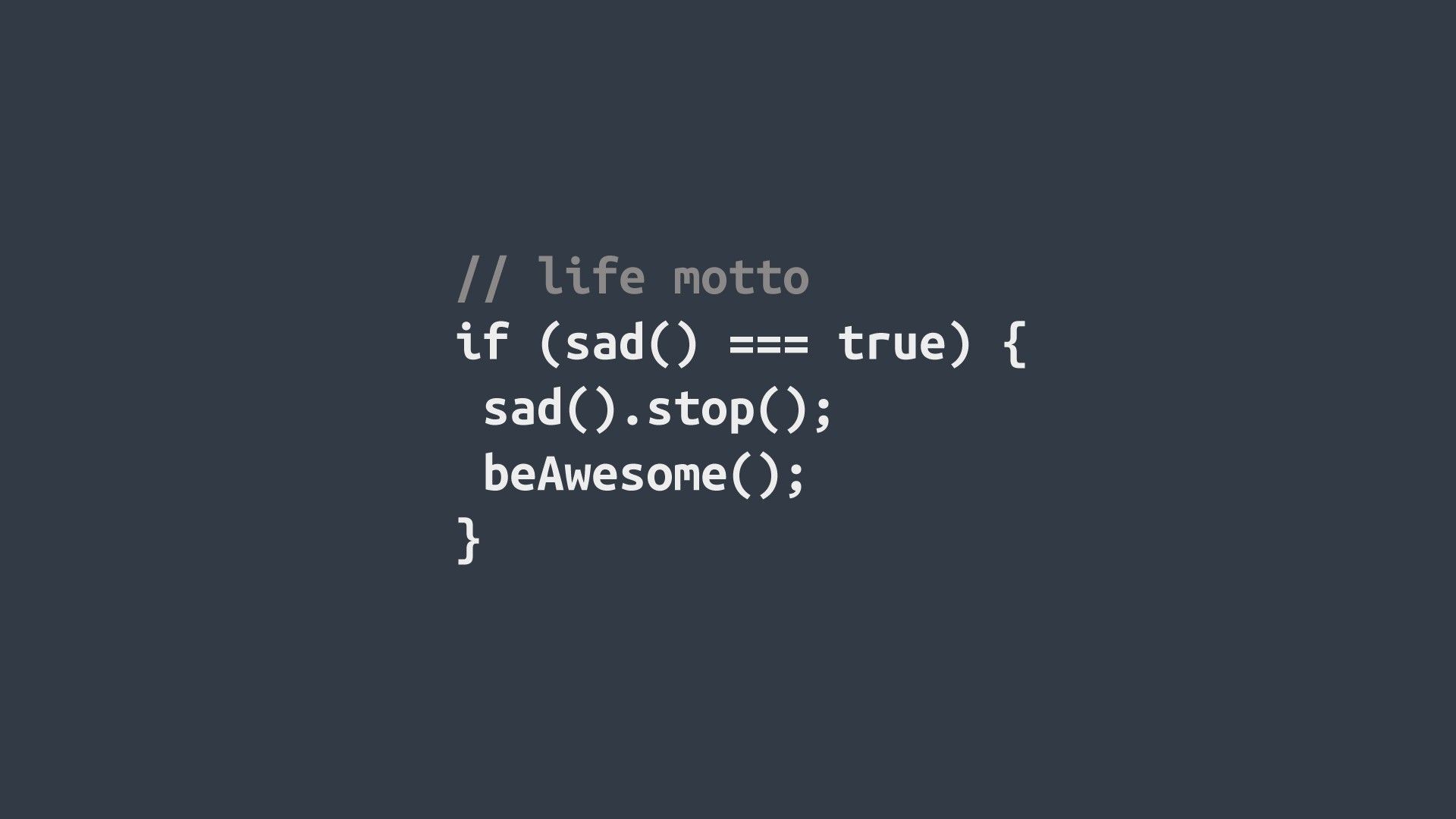So, who is Julio Reguero?
I’m a forward thinking product designer focused on creating emotional connections between users and digital products. I use proven user-centered design and research methods to make mobile apps and websites simple, delightful and easy to use for people. I’m currently based in Silicon Valley, home to many of the world's largest high-tech corporations, as well as thousands of startup companies.
Can you explain what do you mean by being a “forward thinking designer”?
A forward-thinking product designer is one that tasks its efforts to create the ideal future-state of a product or service to help move the business forward. This person sees with optimism the problems of today as opportunities to learn, grow, improve, and adapt strategy and decisions to new challenges in order to meet customers needs.
Tell me a bit about your background
I was born in Cuba, in the city of Camaguey, one of the seven original villas founded in Cuba by the Spanish colonists in 1514.
I studied and trained as a software developer and still code the occasional website or blog, but my passion is most definitely in all things design. From early on in my software programming education, I was always interested in the look and feel of applications, the small details, the copy, the colors, the layout of the page rather than the code behind it.
Do you recall your first job —as a Designer?
My first design job was as UI Designer to a startup in San Francisco in 2011, but I really got the bug earlier in my career while working for BlackBerry as a UI Developer. The job experience at BlackBerry gave me the room to learn the fundamentals of design, and most importantly, to research, explore and experiment with side projects such as a Netflix app for BlackBerry smartphones. Since then, my journey as a designer has been one full of challenges, successes, and just as many failures and valuable lessons.
What are some of the companies you have work for in the past?
Some of the companies I've worked with include:
What is your experience designing for Enterprise vs. Consumer products?
In my own experience, designing for the enterprise space is different, and perhaps more challenging than designing consumer applications. However, the distinction between designing for consumer and enterprise applications has rapidly narrowed over the last several years. For an enterprise product to drive productivity, user adoption and long term success, we should deliver an experience for end-users that meets the same usability, performance, and brand standards that we found today in consumer products. I also think enterprise software doesn’t have to be ugly. Enterprise employees are also consumers, and they’ve come to expect consumer-level design in all the tools they use. We can make enterprise UX bold, elegant, and cool. There’re already various companies tackling enterprise problems with consumer-grade UX, like for example Box, Workday, ZenDesk, MailChimp, and Google Apps such as Gmail and Google Drive. We all know that when a consumer app is poorly designed, the user can delete it. But sadly, when an enterprise app is poorly designed, its users are stuck with it.
In the end, taking up the challenge of designing Enterprise UX is not for everyone. It can be an exercise in frustration, filled with endless meetings and bureaucracy. But if you are working in the right environment (growth thrives in favorable conditions), it can also be immensely rewarding, with unique challenges and creatively satisfying work. After all, you would be designing for people who will use a product at least 40–60 hours a week, so they can go home feeling satisfied, accomplished, and quite possibly, even a little bit inspired.
What is the first thing you do when you start working on a project?
When I start working on any project, no matter how big or small, whether it’s a kickoff or near the end, I always ask or know the answers to these three questions:
What is the problem we’re trying to solve?
Who are we designing for?
What are the success metrics?
How do you approach a design problem?
My approach to design is experimental, intuitive and conversational.
When facing a design problem, I always try to identify hypothesis and then run quick experiments to test them out as early as possible.
I also find it smart to start with questions that could lead to insights. This knowledge will form a baseline for iteration and collaboration.
I like to use evidence and instincts to better inform my design decisions. Data (qualitative and quantitative) only tells one piece of a very long story.
I believe in the design philosophy "less is more". I do not believe in over styling and confusing the heck out of users — every word, color, and element in the user interface of a product should have a purpose. The result is usually a round, simple and beautiful solution.
While the experience of the products and services I design may belong to the users, by being curious, empathetic, and understanding context, I can influence that experience with intention and purpose.
Do you think in today’s data-driven world there’s still a place for design instincts?
Designers make a lot of decisions with every design they create. Not all design decisions need to be validated by user feedback or business success metrics. In fact, an over-emphasis on data can become an obstacle to generate innovative solutions. Some of these decisions can actually be made using the designer’s instincts and experience. Now, in reality, it’s not always easy to tell when intuition can be trusted. I’ve designed what seems like basic interactions, and felt very confident only to later find that those interactions weren’t familiar at all to a subset of users. On other occasions, I’ve spend so much time into doing research only to learn that my first intuition was totally fine.
I think the best products — the ones that people want to use and love to use — are built with a bit of both; data and intuition. The tricky part in my opinion is knowing when to use data vs. when to trust your instinct to make better design decisions. They both can work hand in hand to balance the design process. For example, deciding between two or three options? This is where data shines. Sweating product quality and aesthetics? Turn to your instinct. Unsure about user behavior? Use data rather than asking for opinions. Building brand and reputation? Data can’t easily measure this. In conclusion, I think you can inform your design decisions by building up as much evidence as you can about your users and their context, but you don’t need to have proof of everything. Instinct or intuition still has a place in design, and this place is where there’s no reliable evidence to support your decisions.
What is your recipe for working successfully with Product Managers?
The relationship between Product Designers and Product Managers is an interesting one. Designers and Product Managers work best together when they understand how to work together. Autonomy and freedom in solution thinking are baseline starting points for designers to do good work. We designers enjoy using our heads to really think through problems and come up with simple, clean and effective solutions. It’s not that we don’t want the PM input, we do! We would just prefer if they’re not prescriptive and go about designing and developing a feature without us. That’s just a sure recipe for disaster.
As designers we really, really, really need to understand the problem we’re solving — and we need the PM to clearly and calmly describe it to us. Once we thoroughly understand the problem, we can go about our business of thinking of ways to solve it with design. The designs we make are an actual output of our problem-solving skills. But before we embark on our design quest of having it all "come together", we love to see the problem as it ties into the broader vision (the big picture), so please help us put the pieces together!
On the other hand, Product Managers can help by uniting the team and conveying the importance of good design and making the user experience a priority. Getting good work across the finish line can be a challenge, and the voice of the designer very often get lost in the mix. We do our best to unite the team using design as a tool to do so — but we need your help too!
Where do you find inspiration or fresh ideas for your design projects?
When I look for inspiration for digital products my first instinct is to look at online sources such as Dribbble, Behance and Pinterest. I also enjoy looking at everyday objects and how they are designed. However, sometimes I find myself getting inspiration from all aspects of life, from being curious and attentive at the world around me, whether it’s music, people, food, books, fashion, movies, architecture or nature. It really humbles me as a designer. Sometimes I look back at projects and trends from the past, but I always try to keep myself aware of the latest trends in the design industry to bring the most creative ideas and innovative solutions to the projects I’m working on.
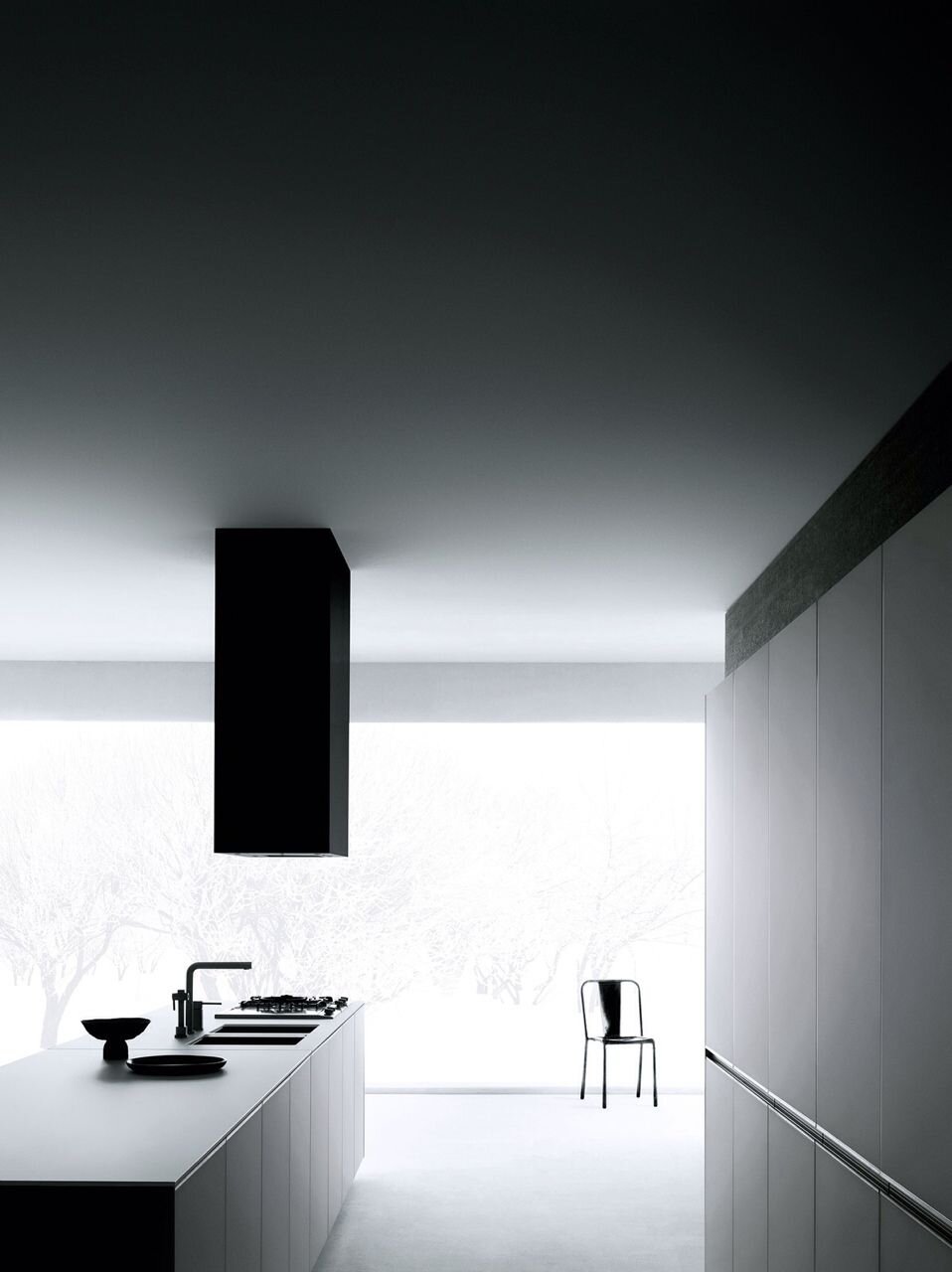

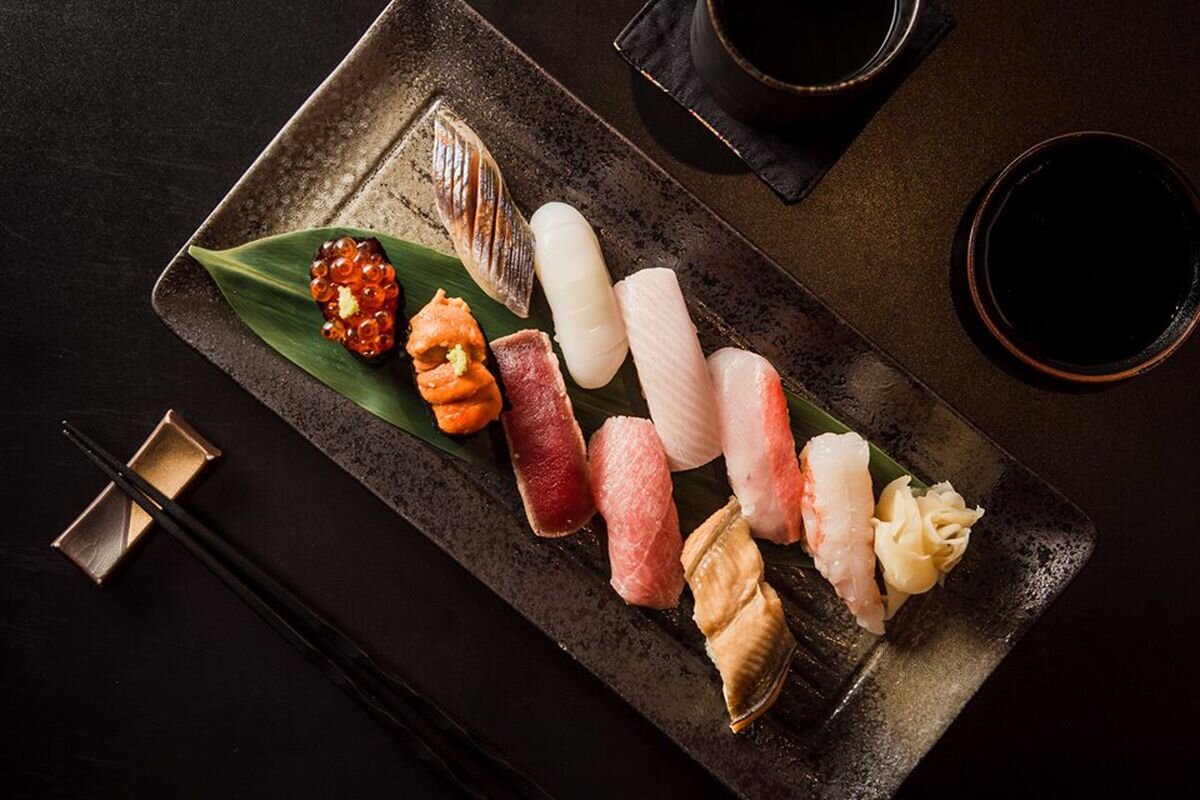

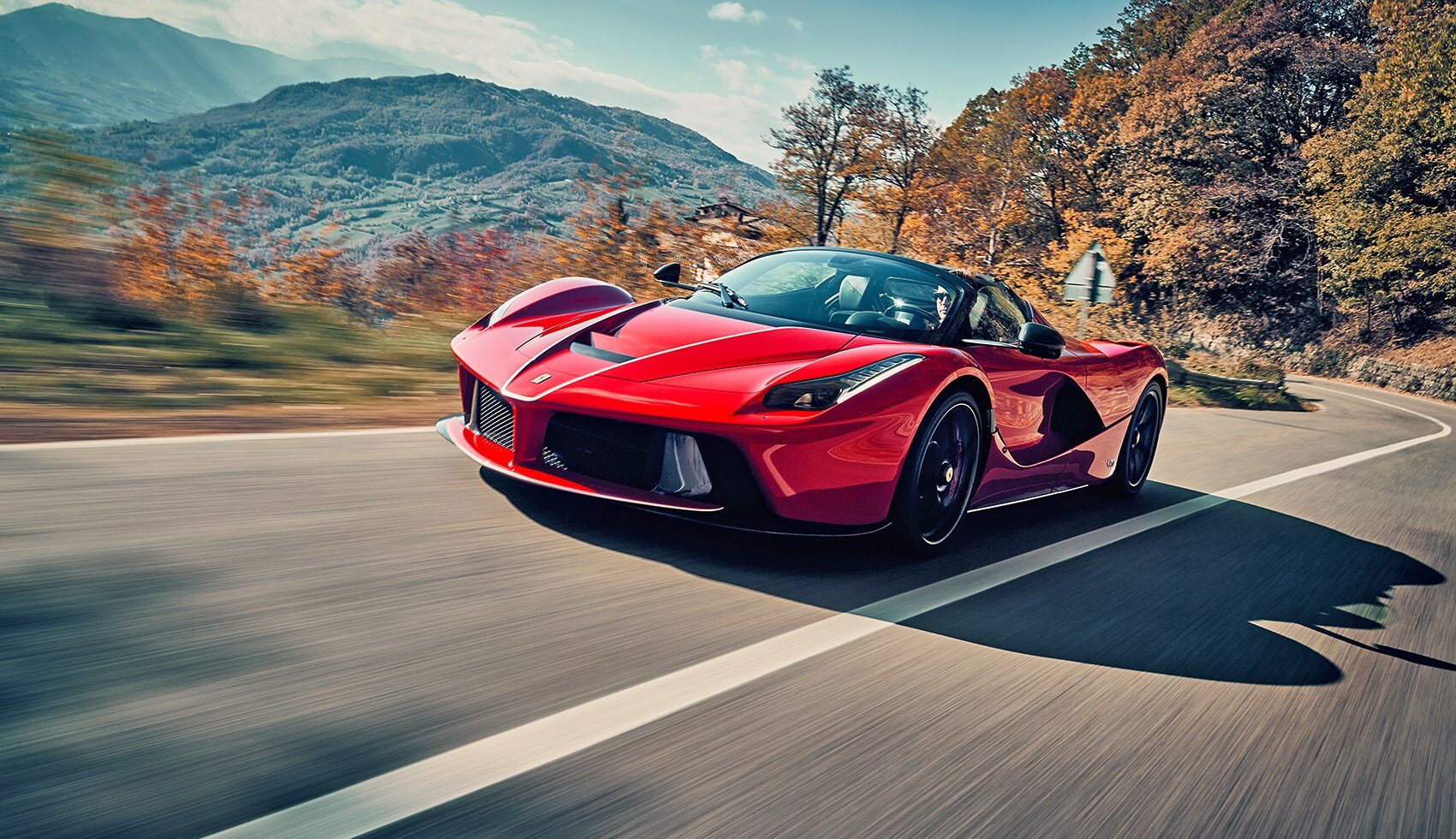
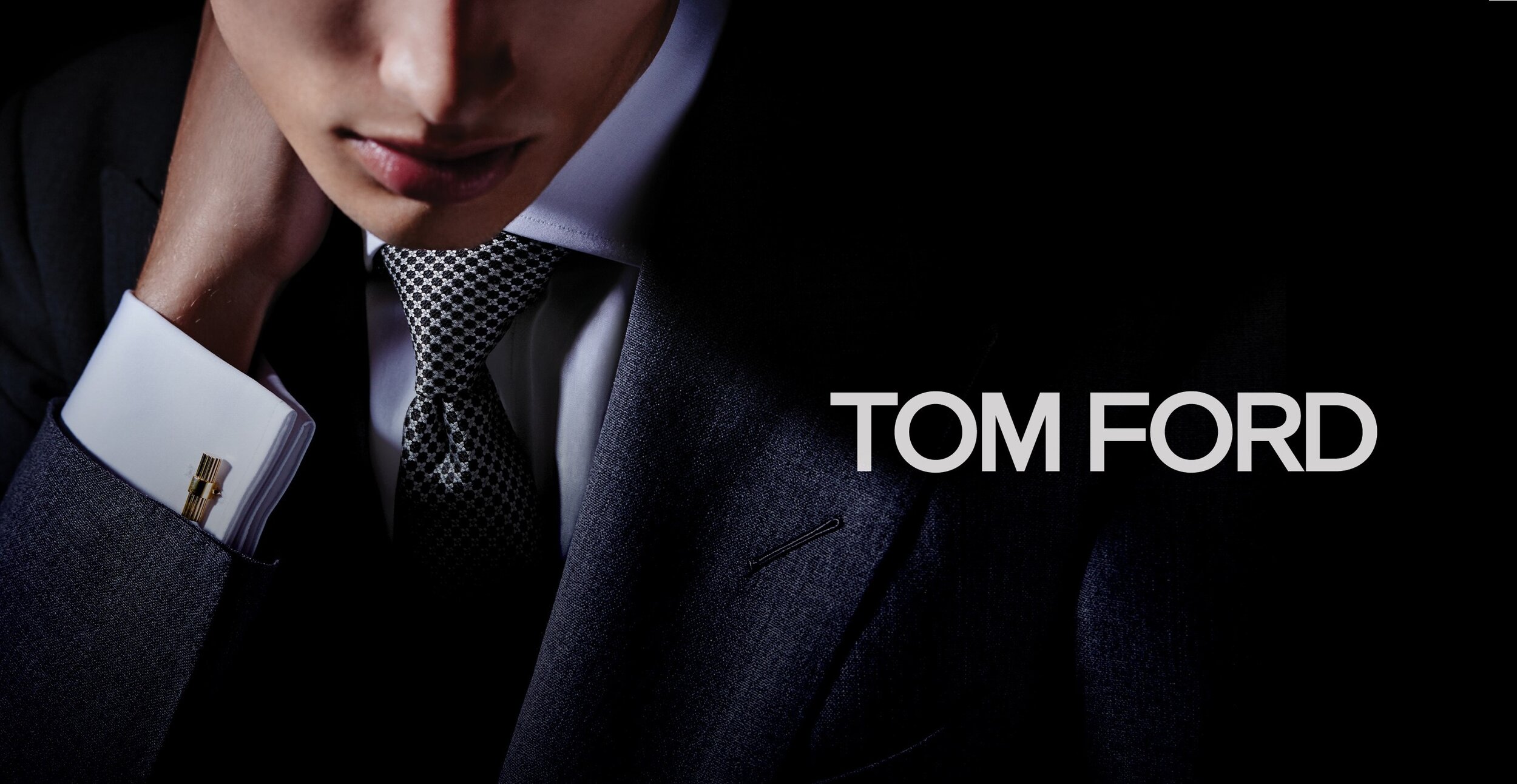
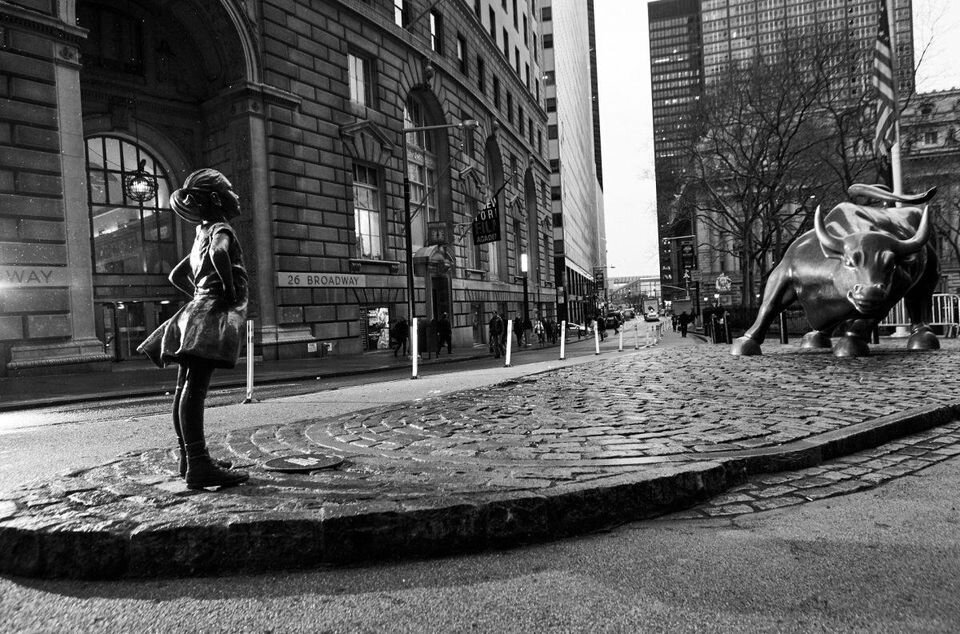
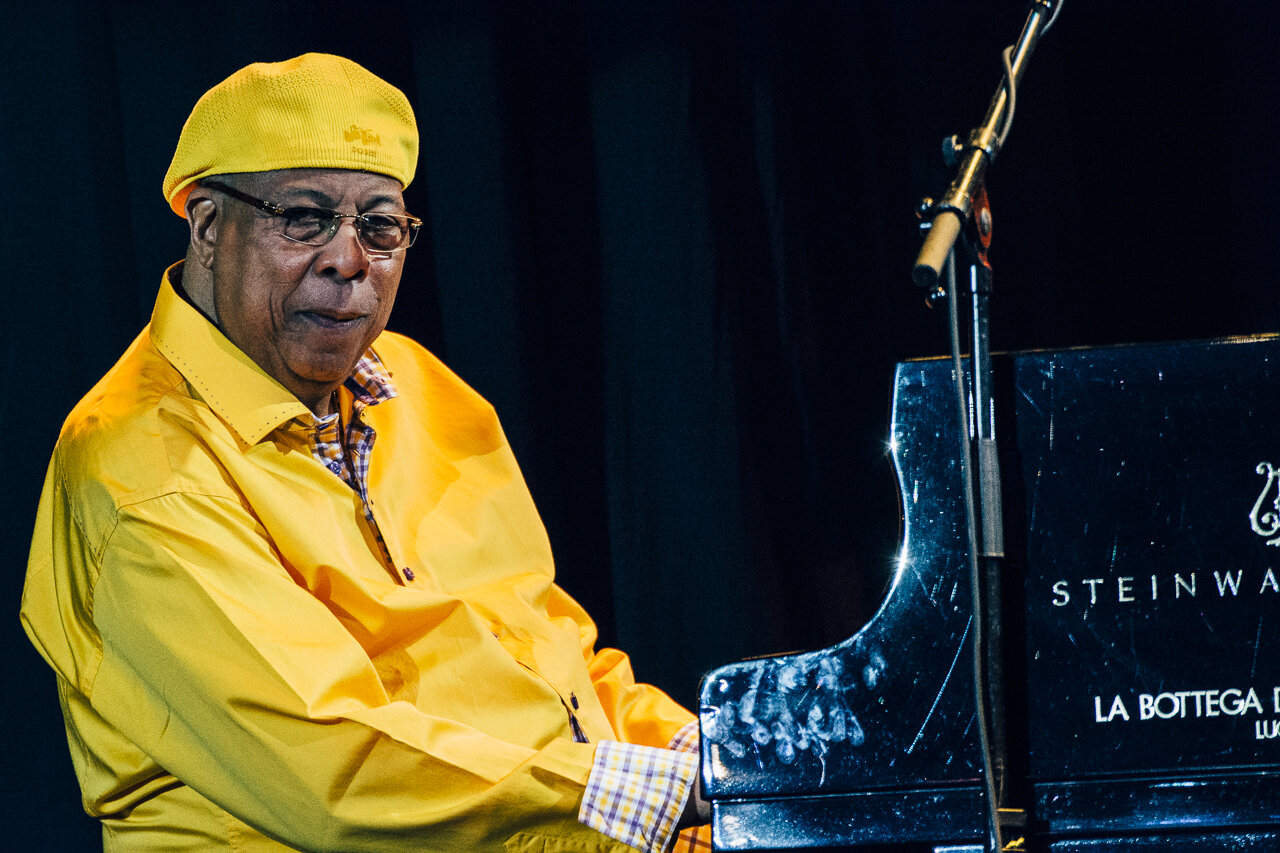
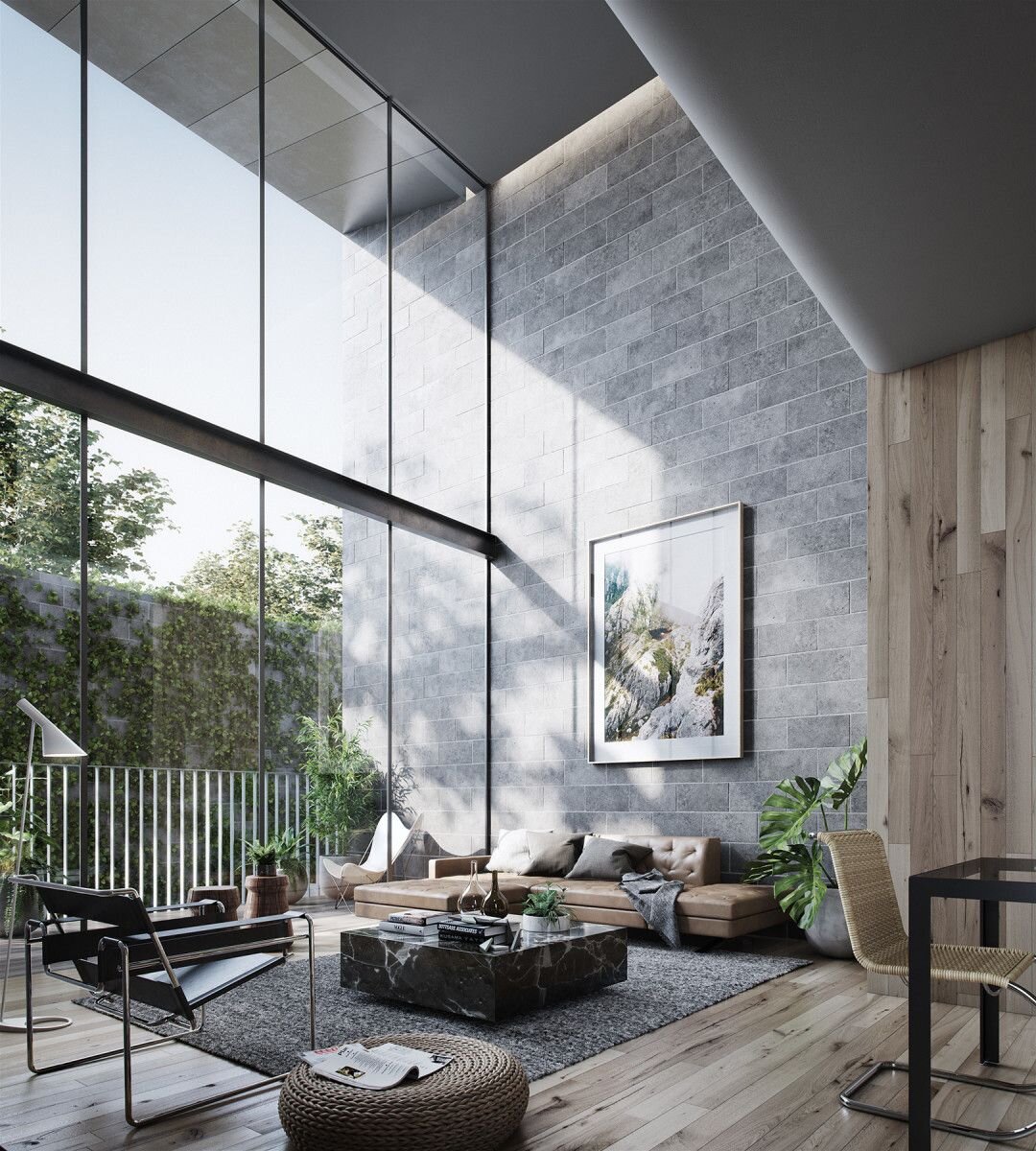
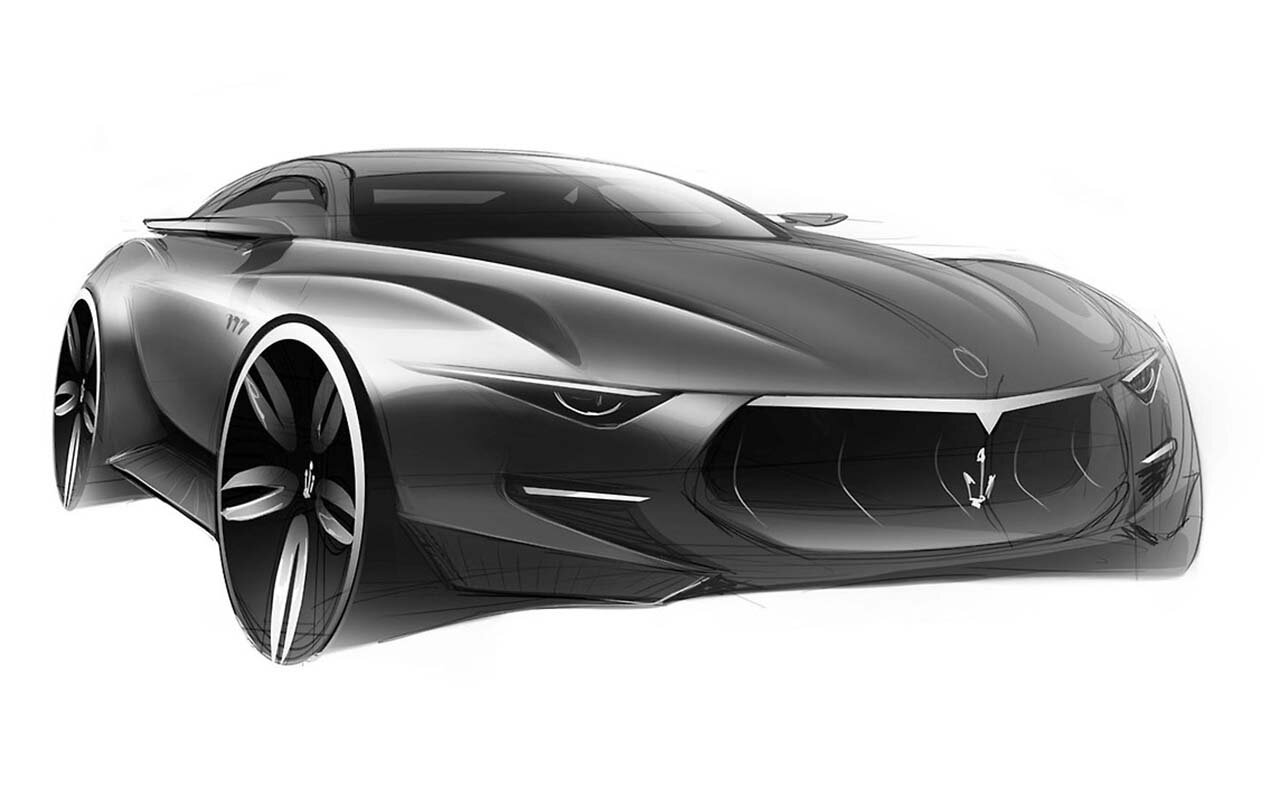
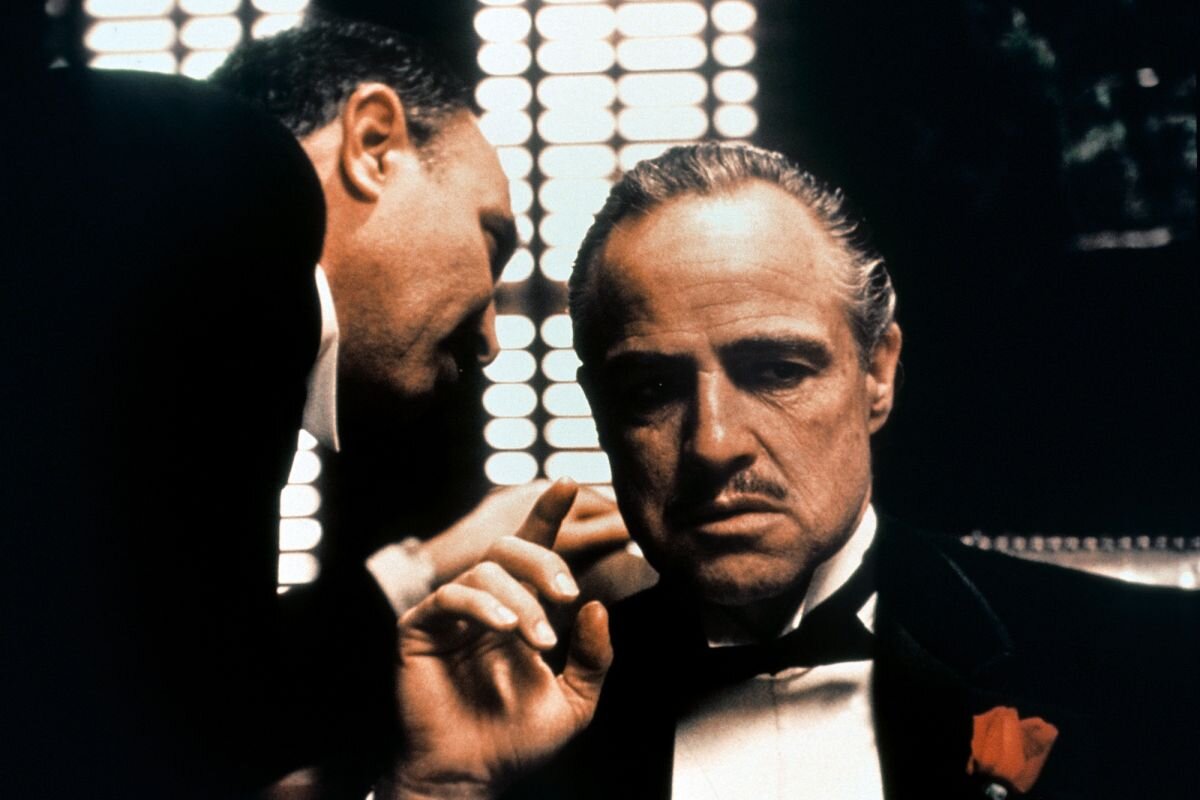
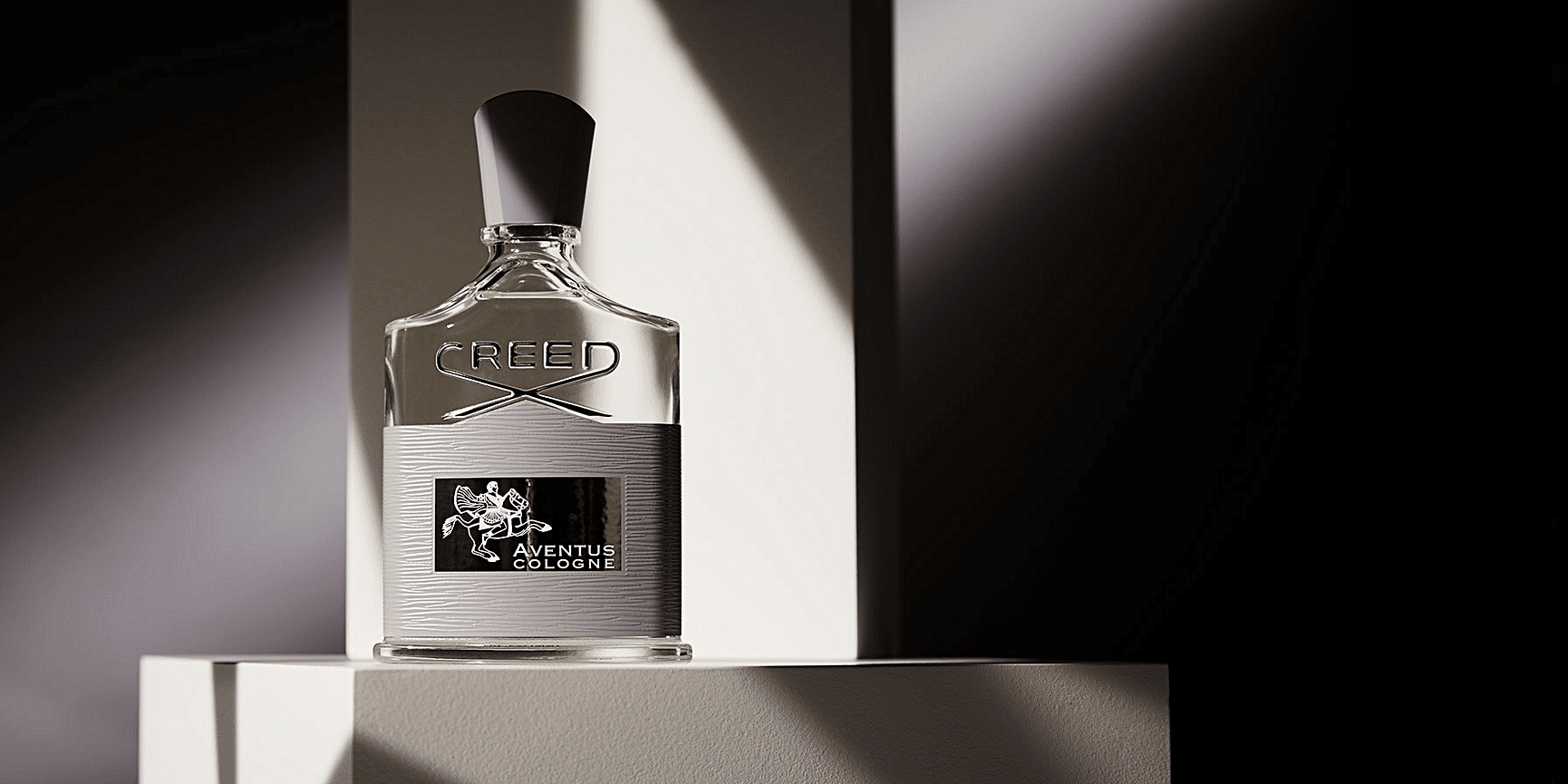

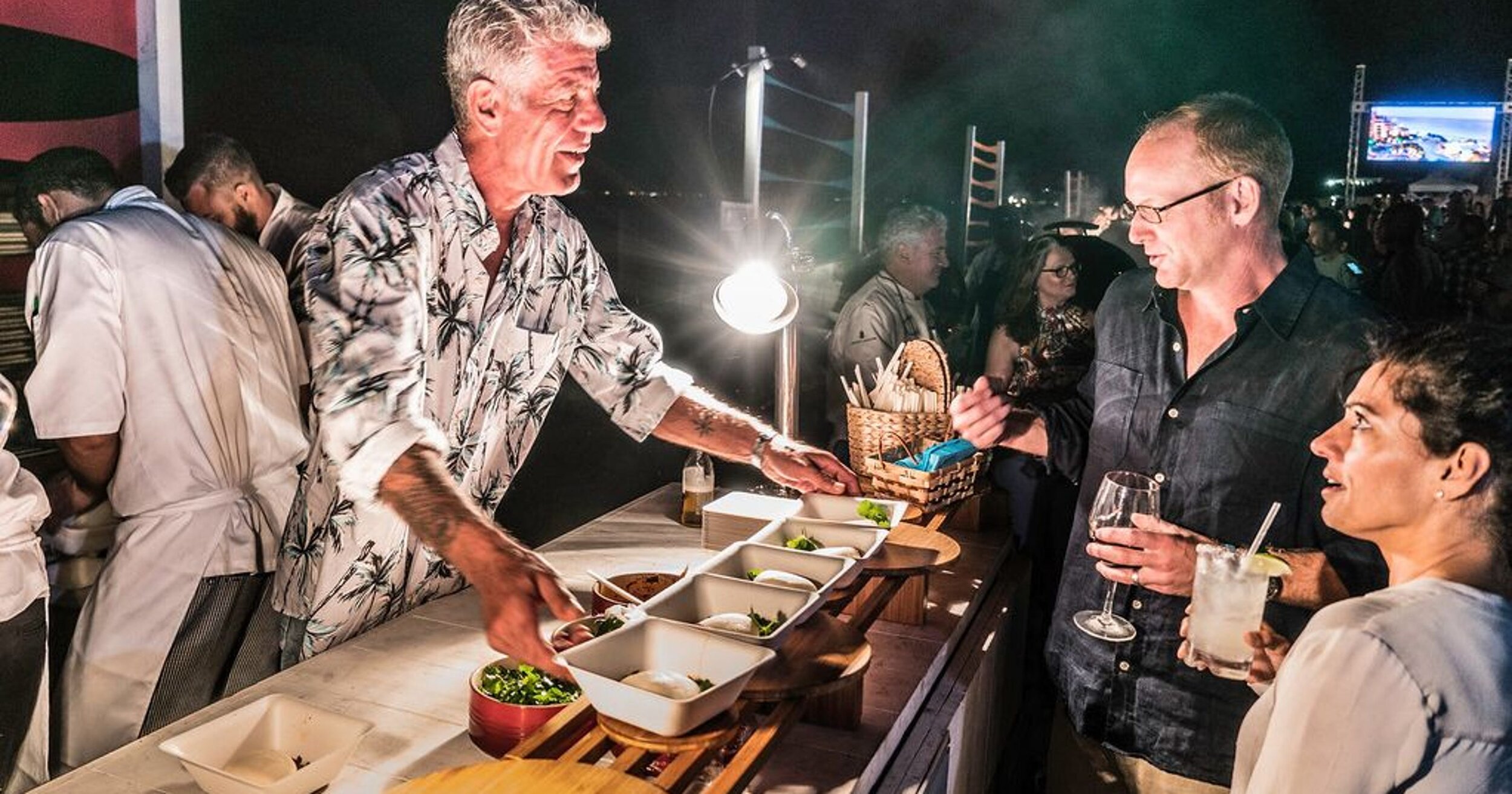
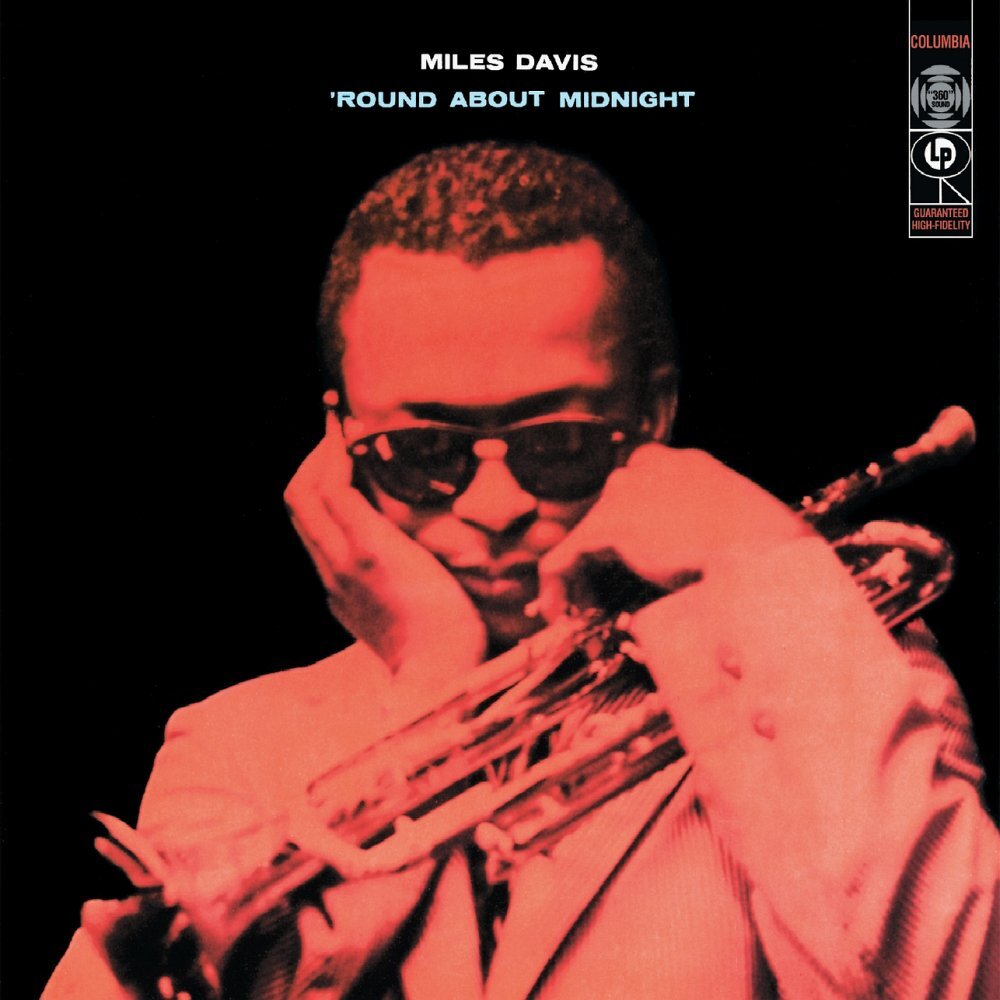
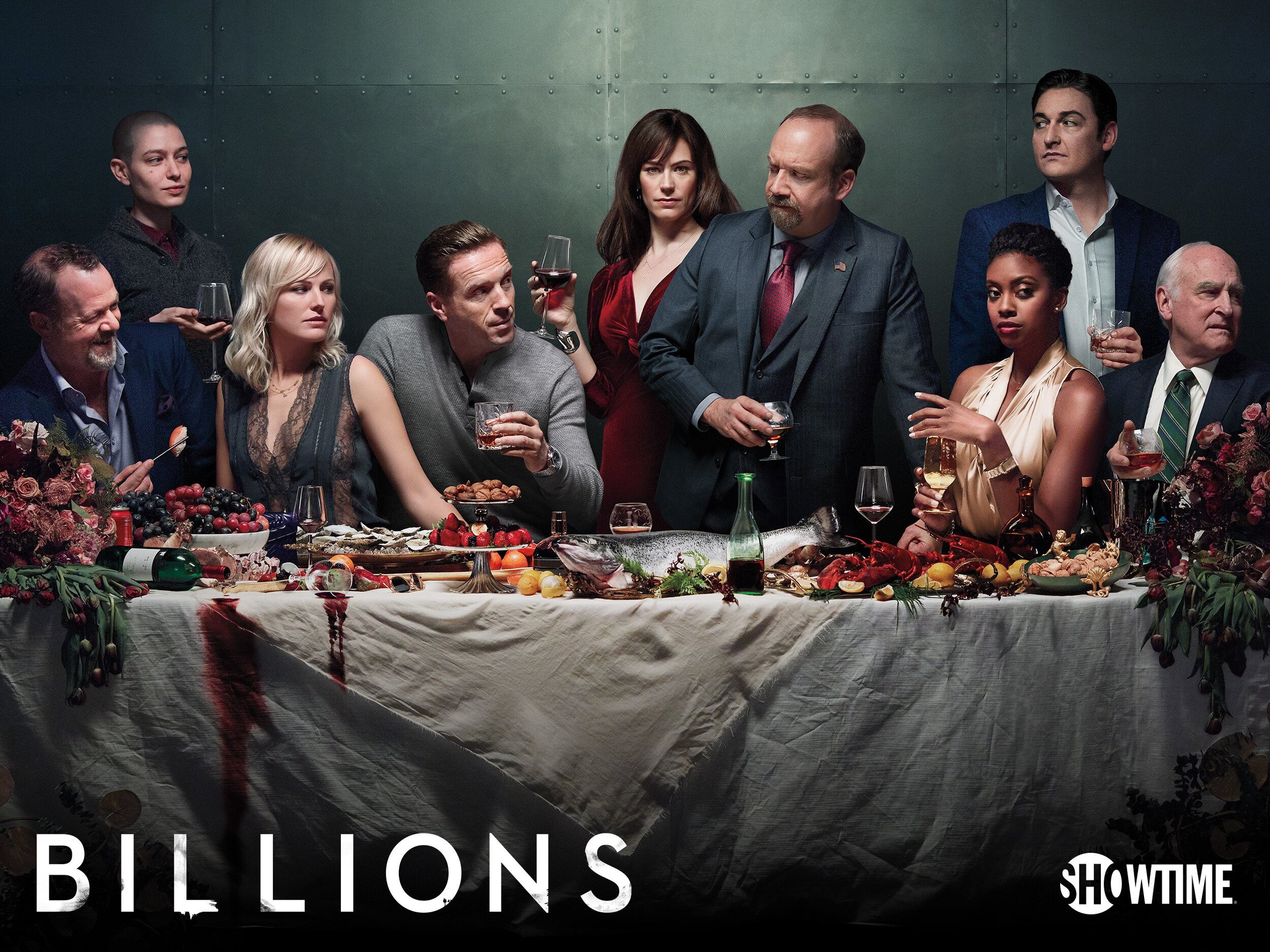
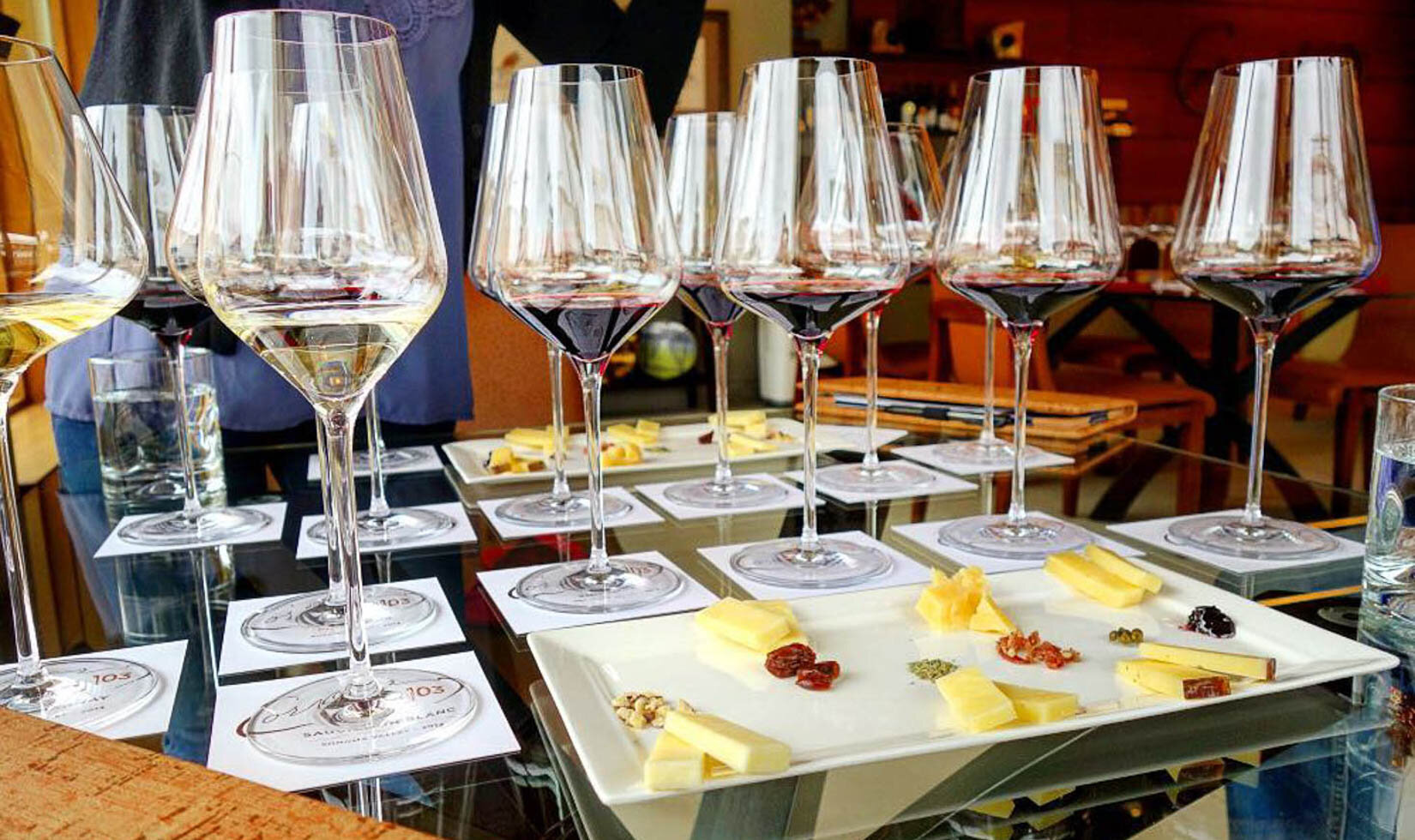
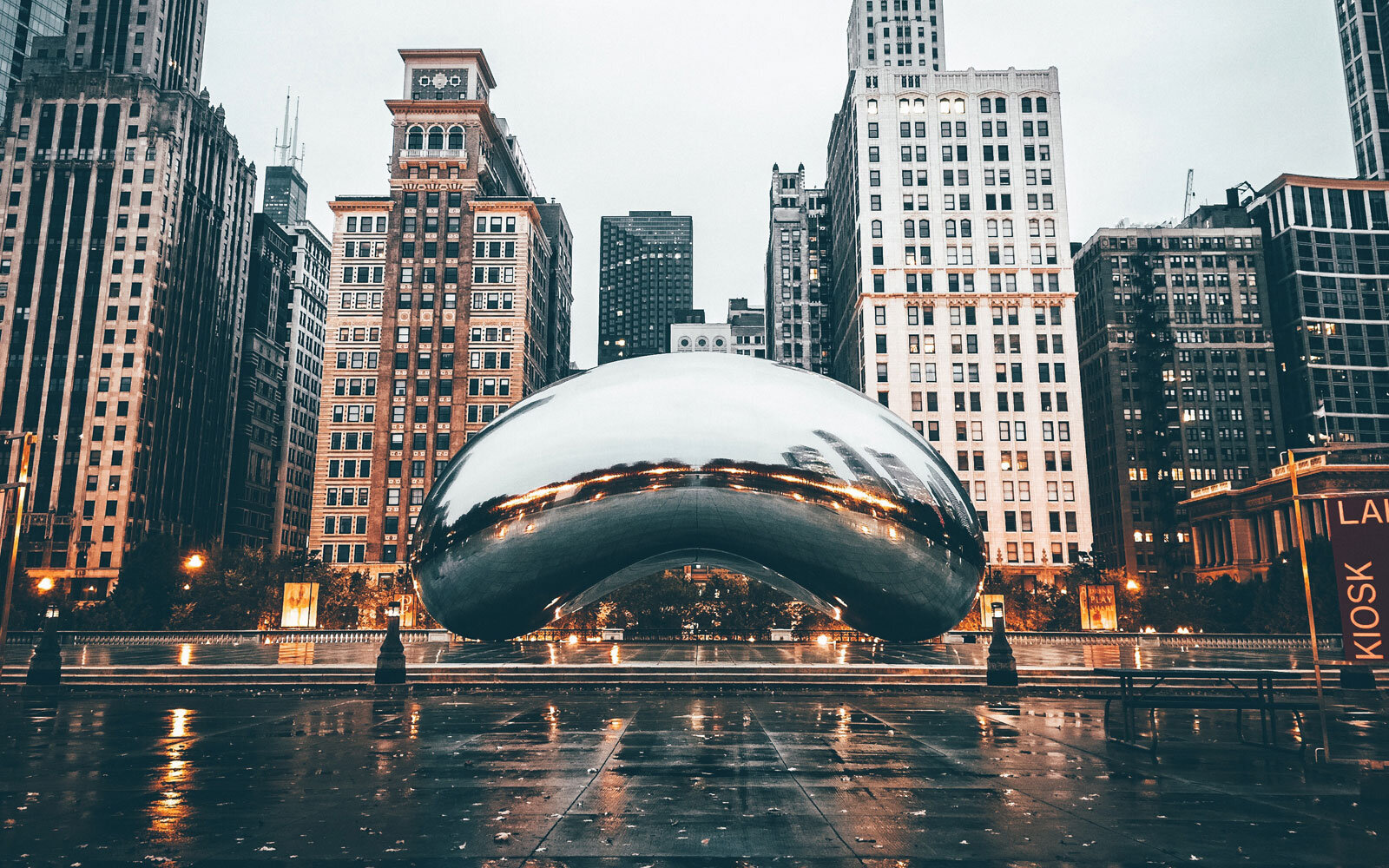

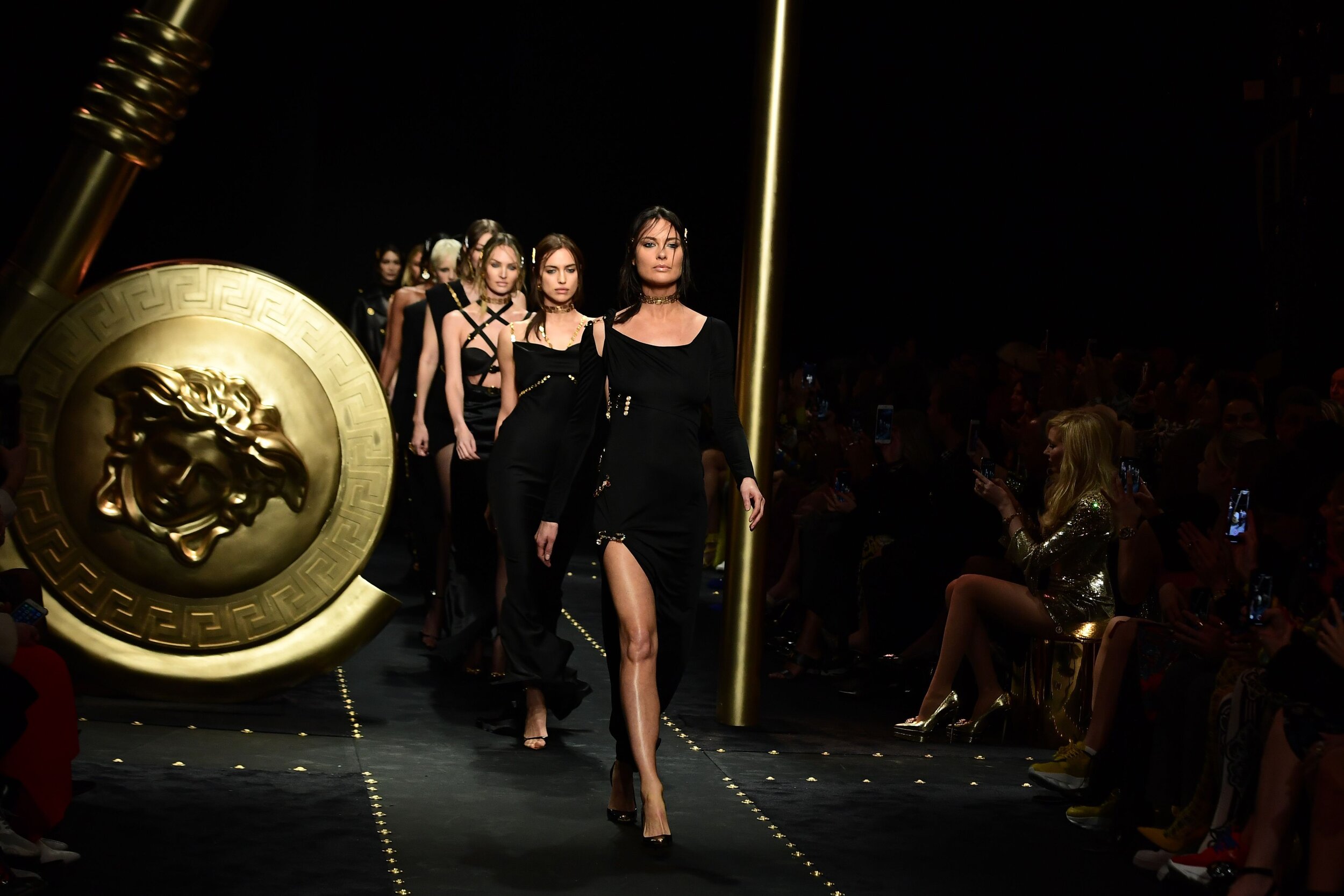
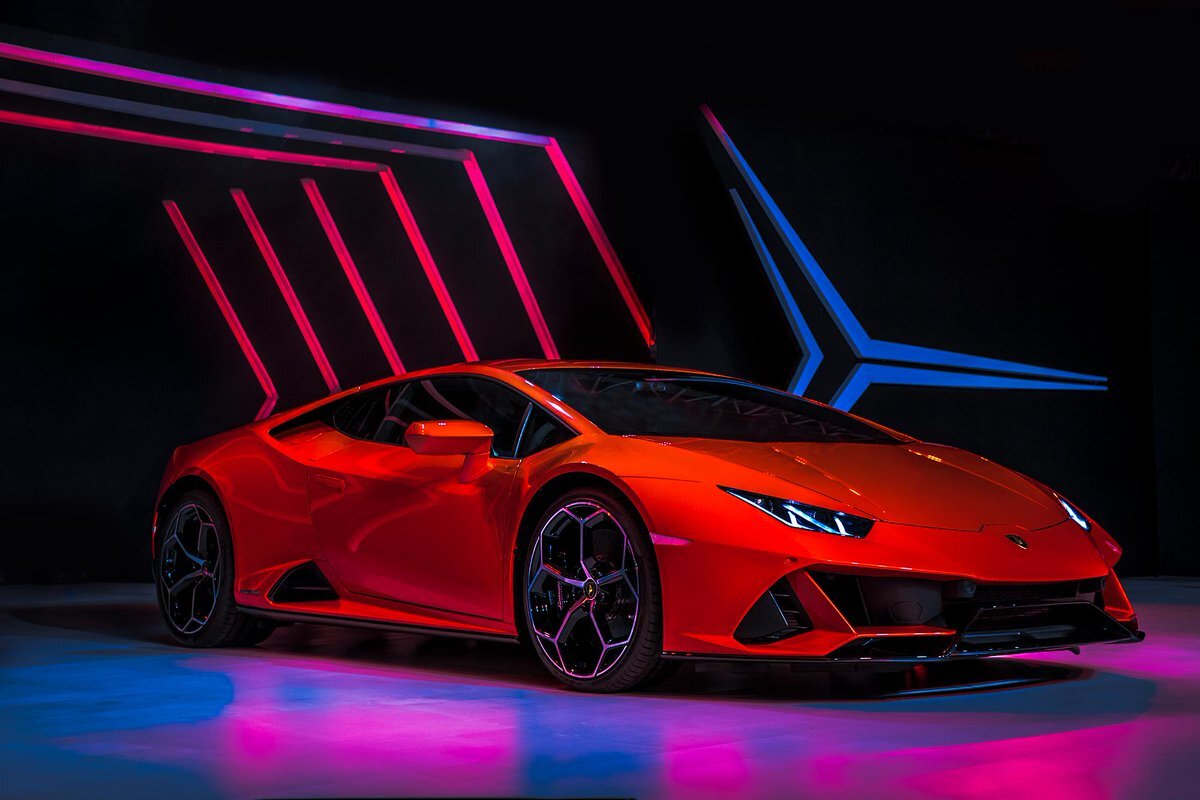
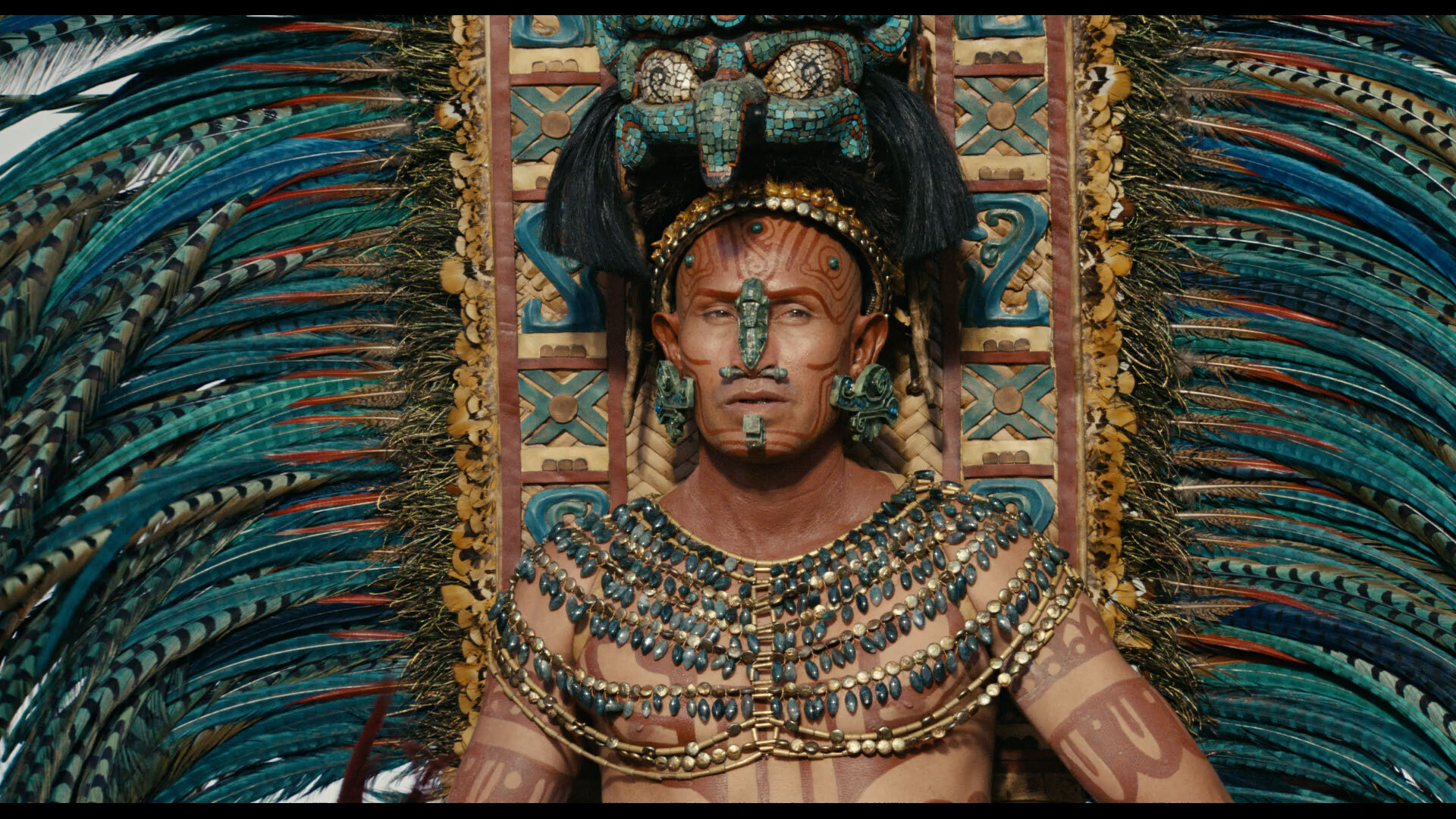
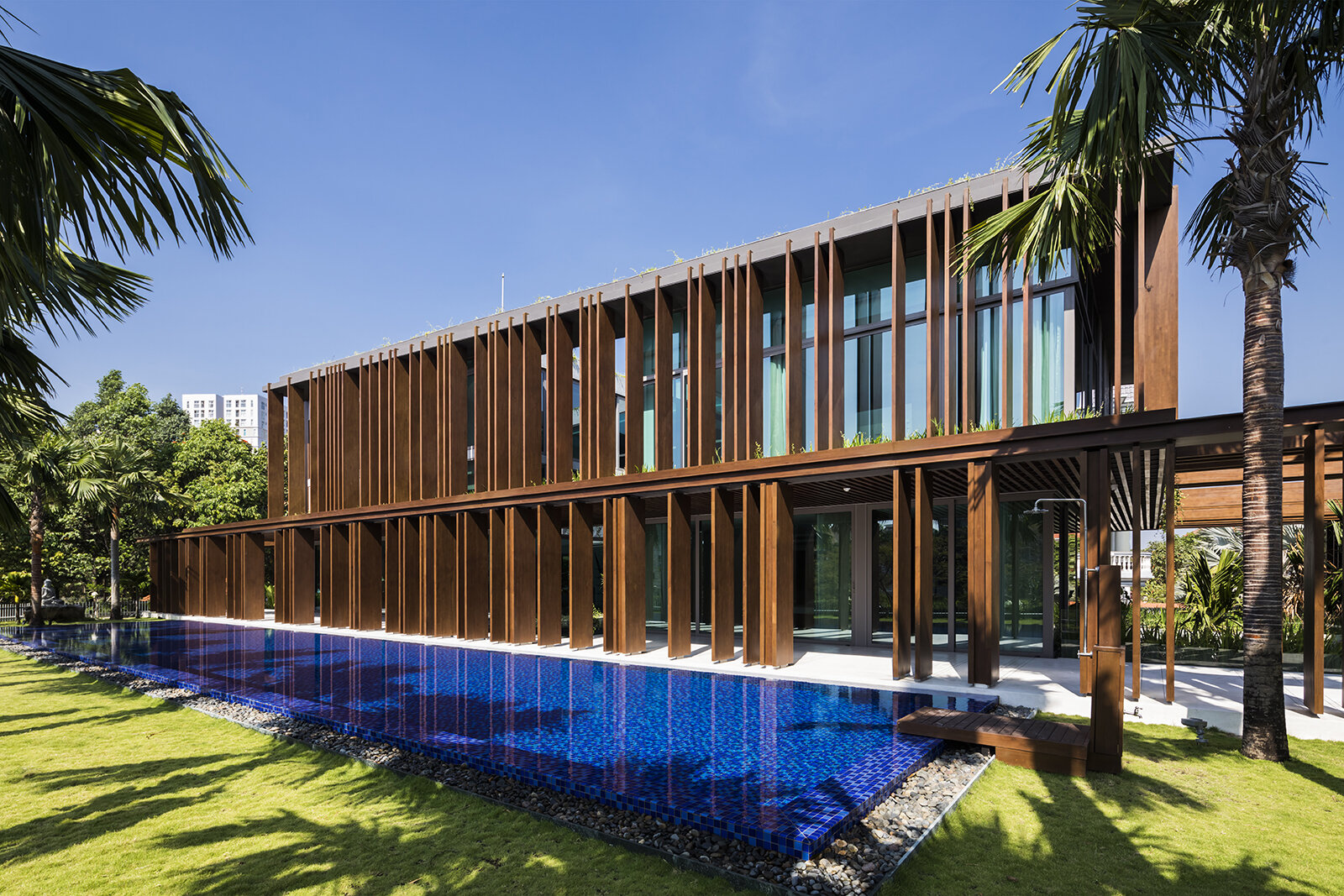
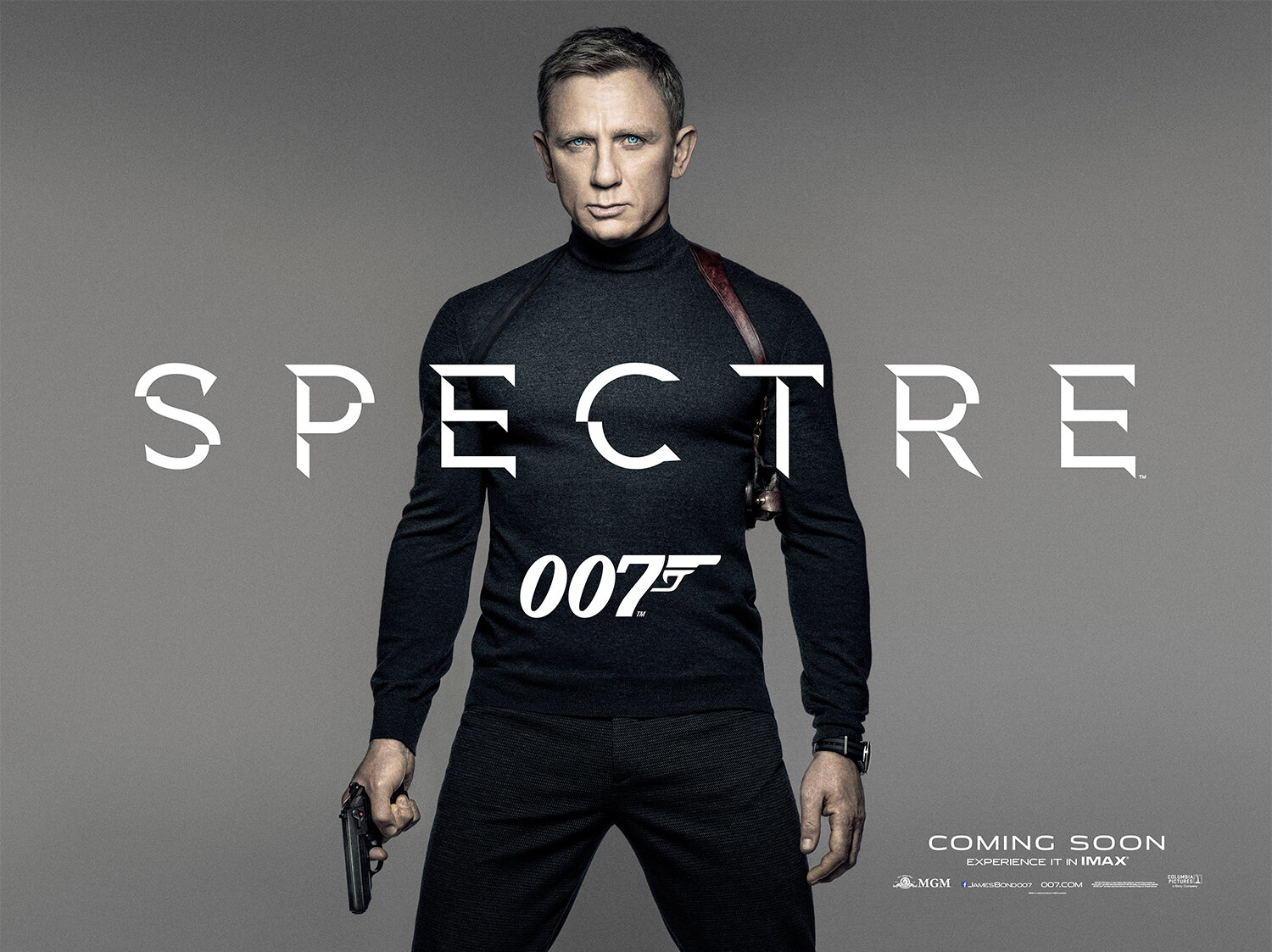
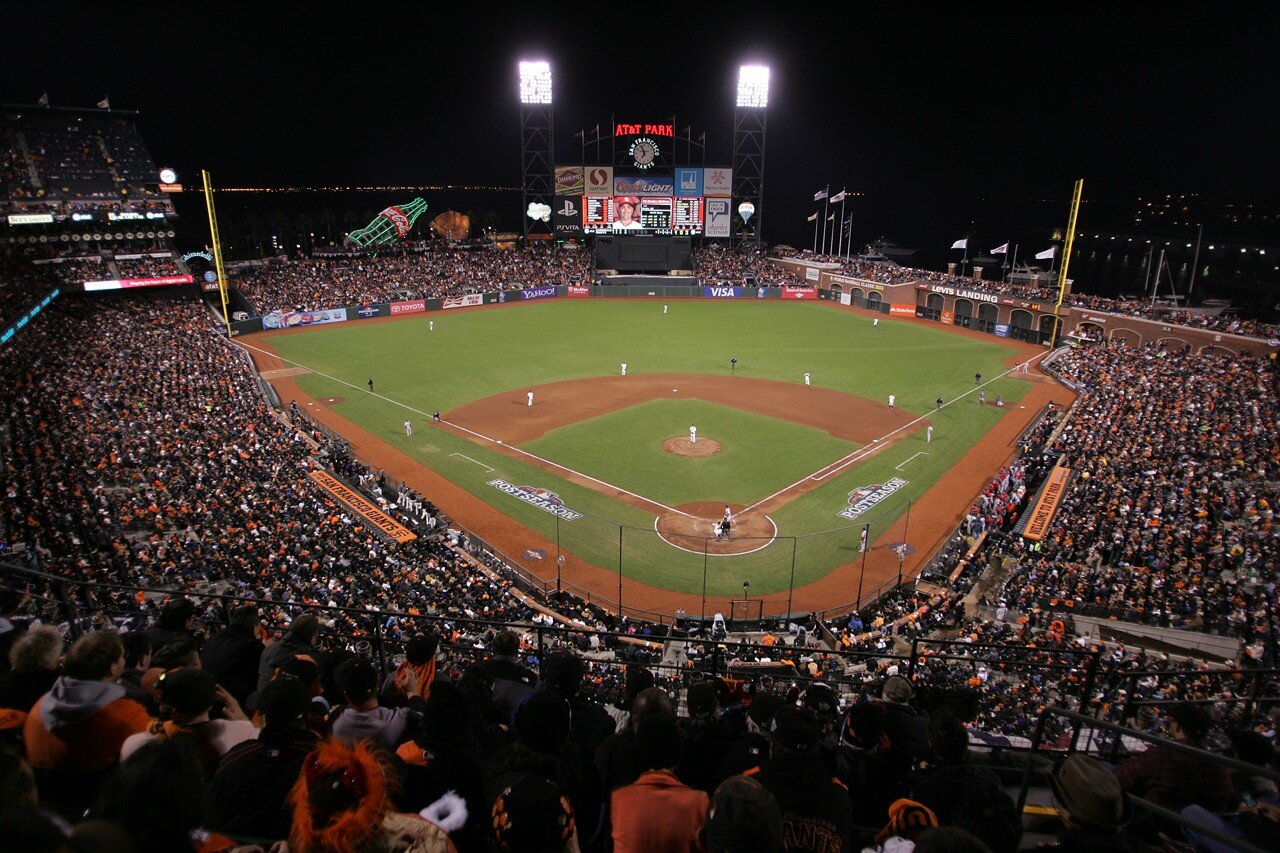
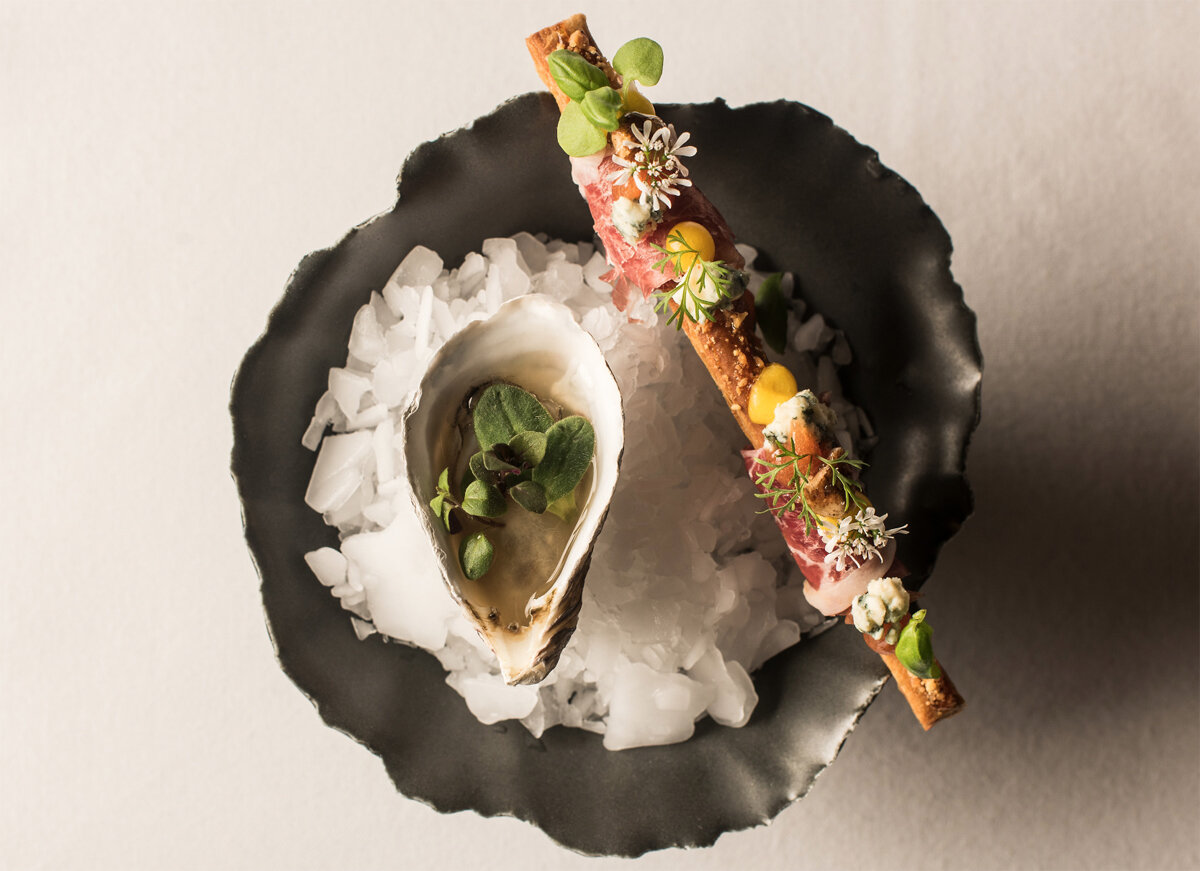
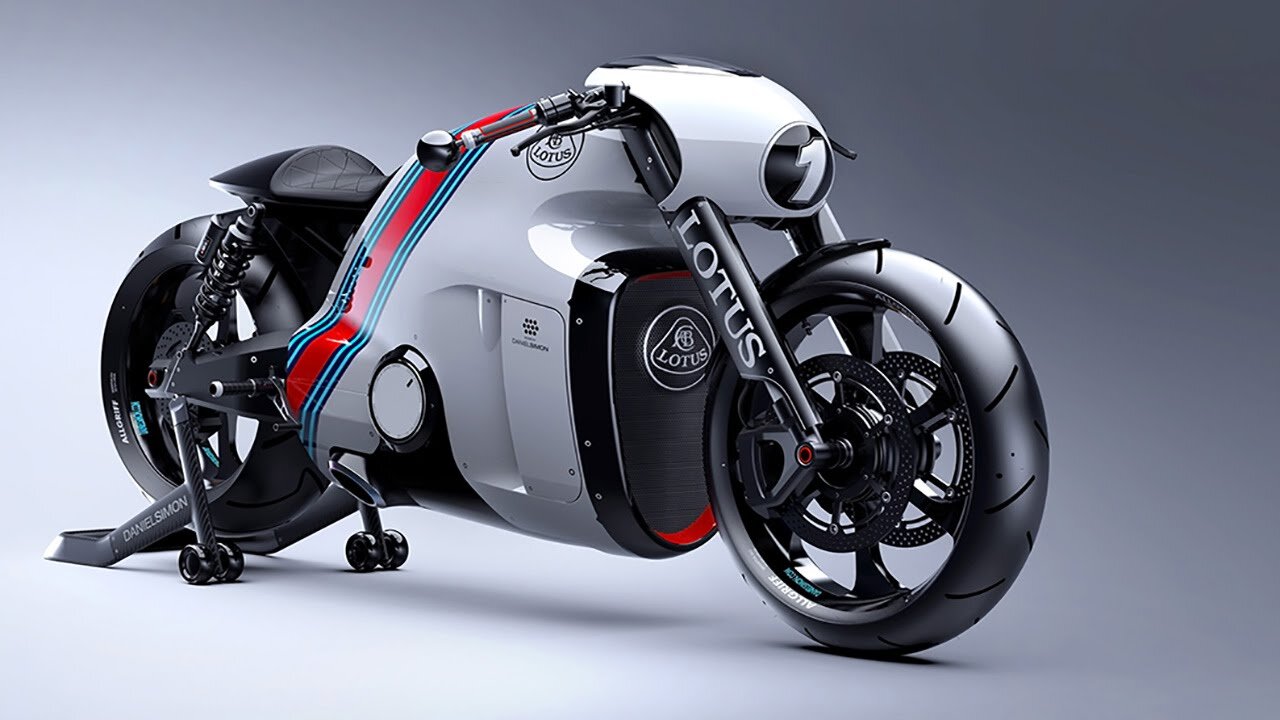
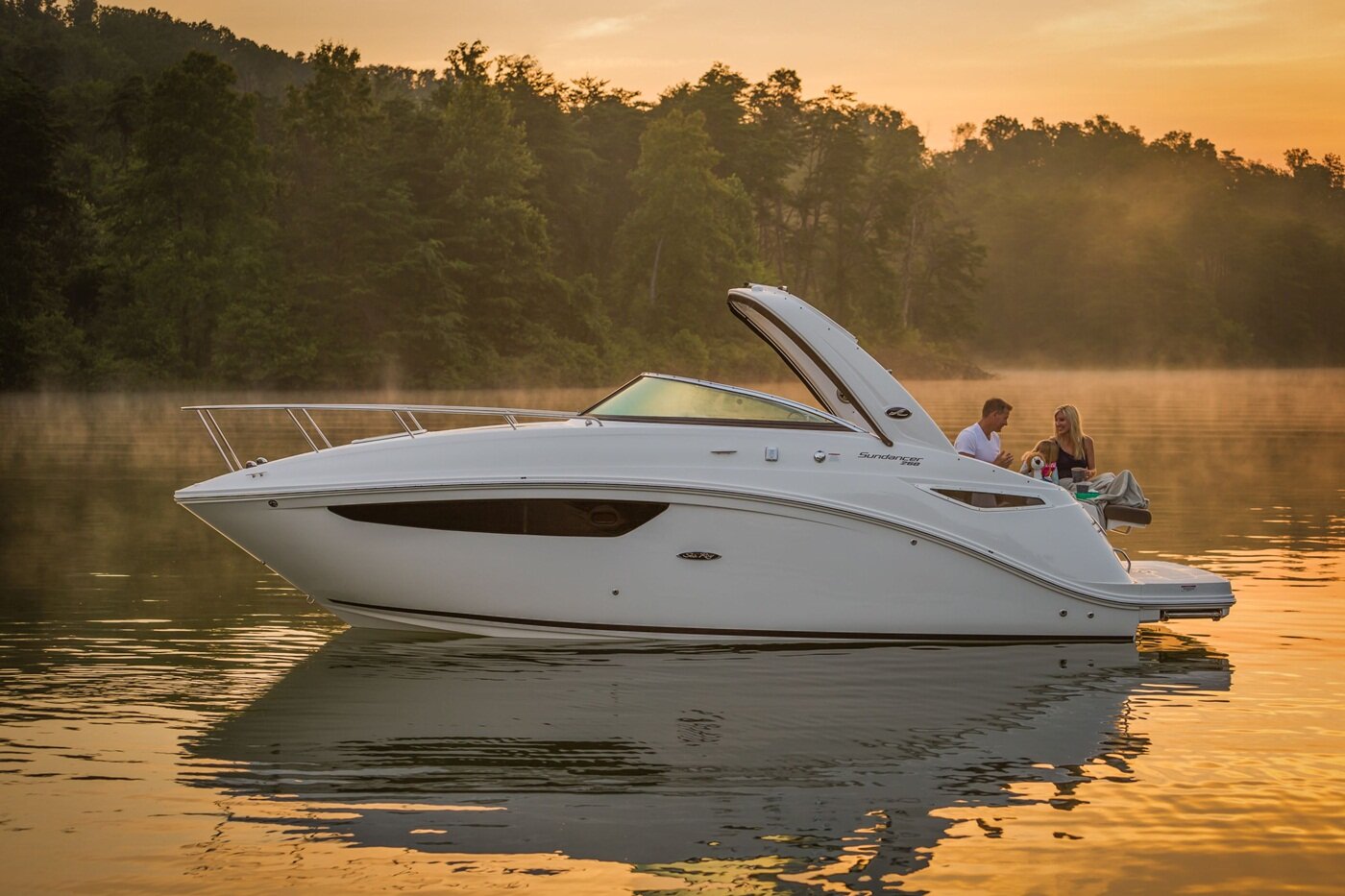

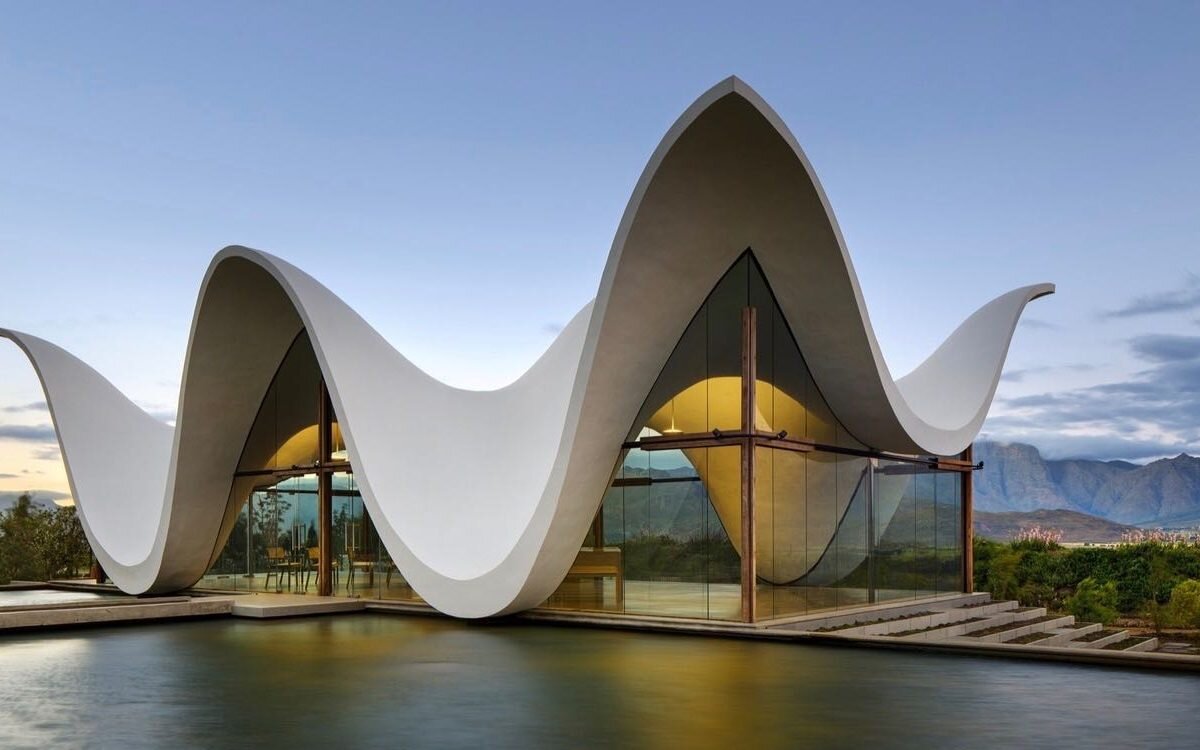
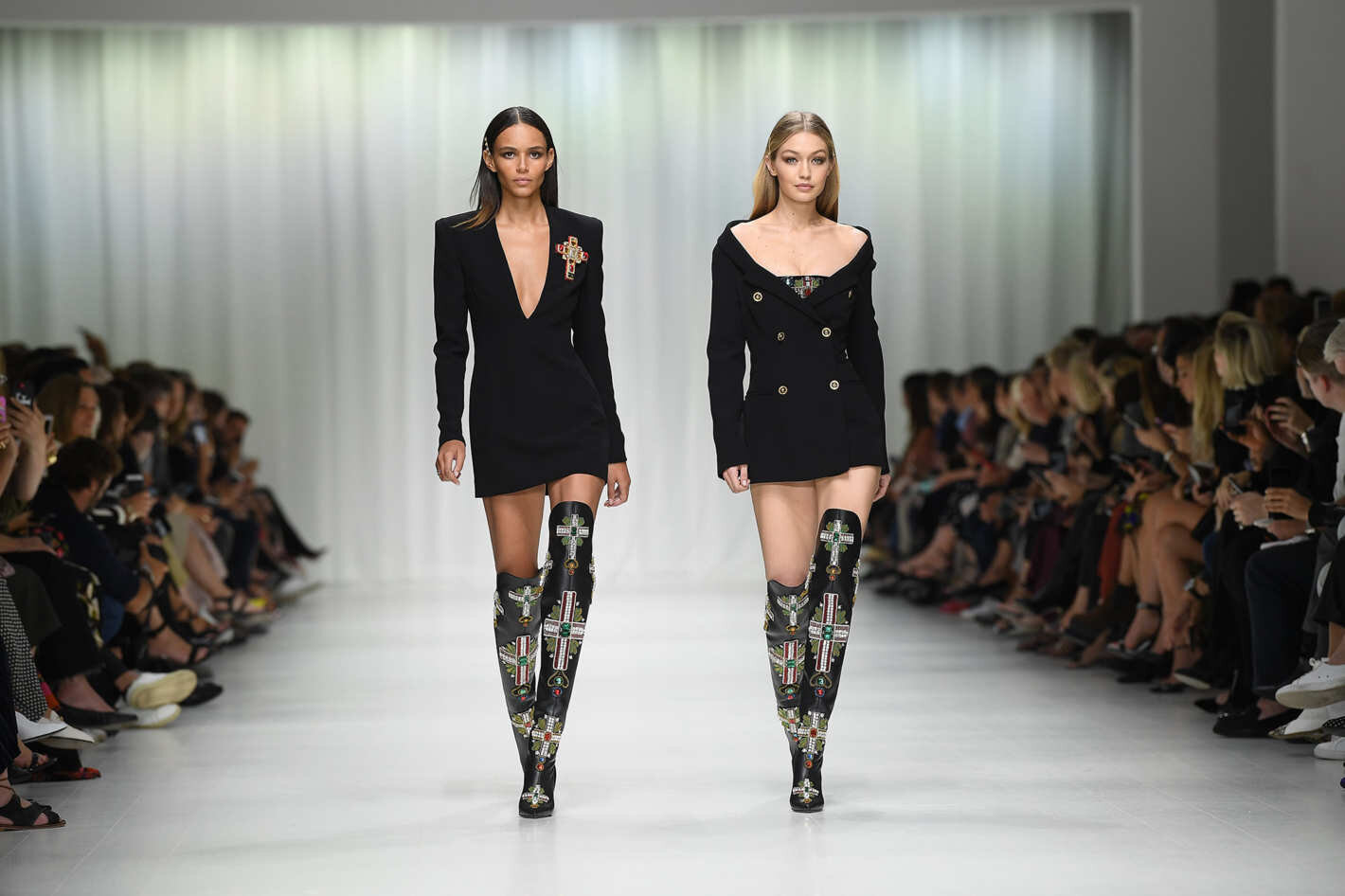
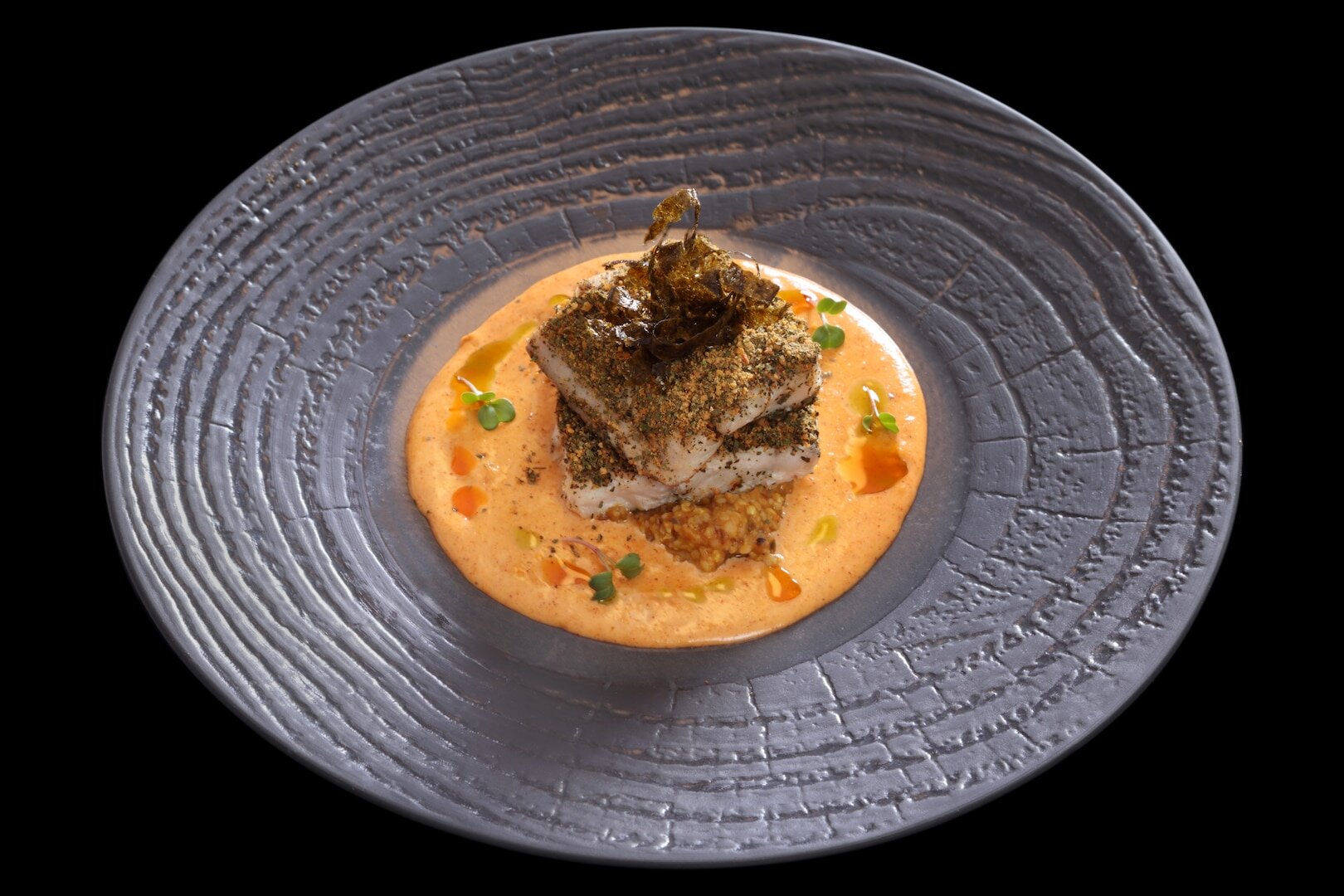
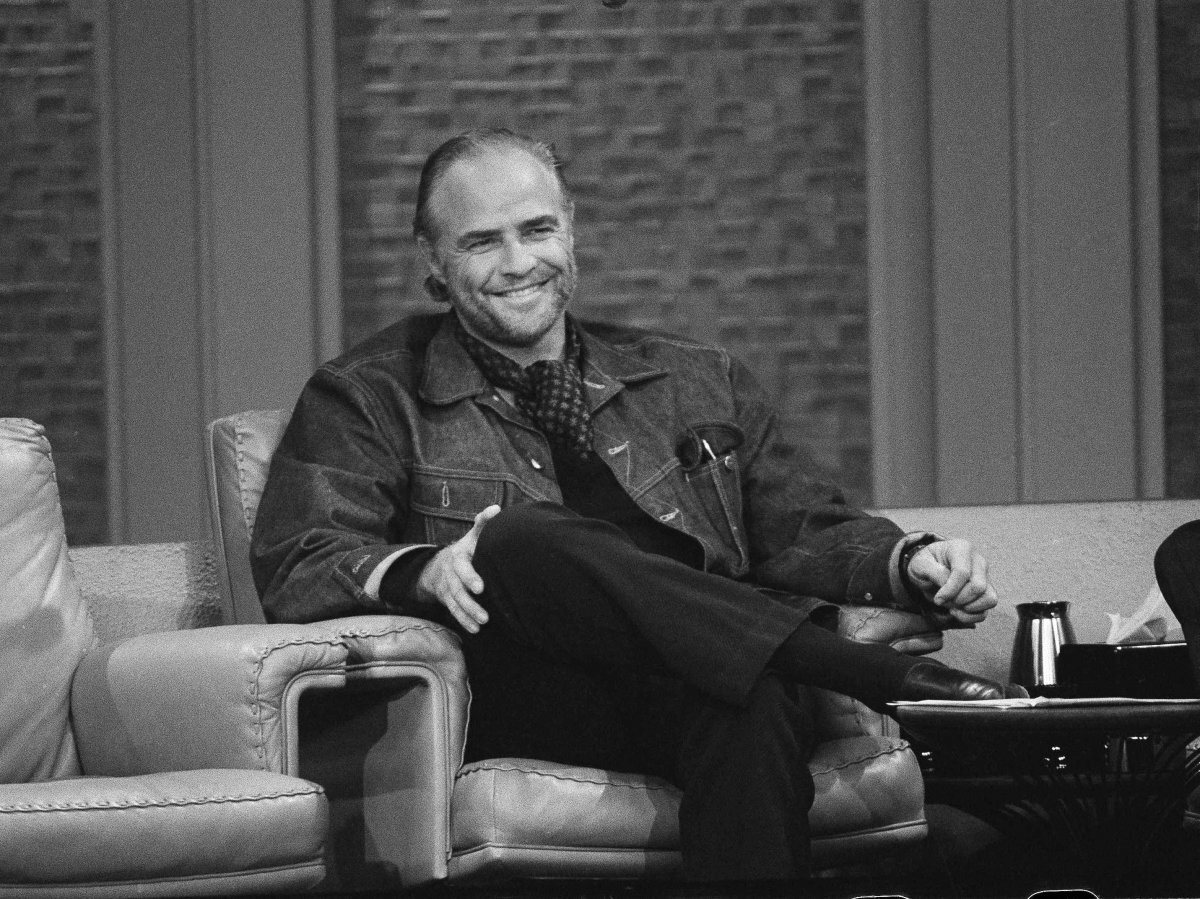

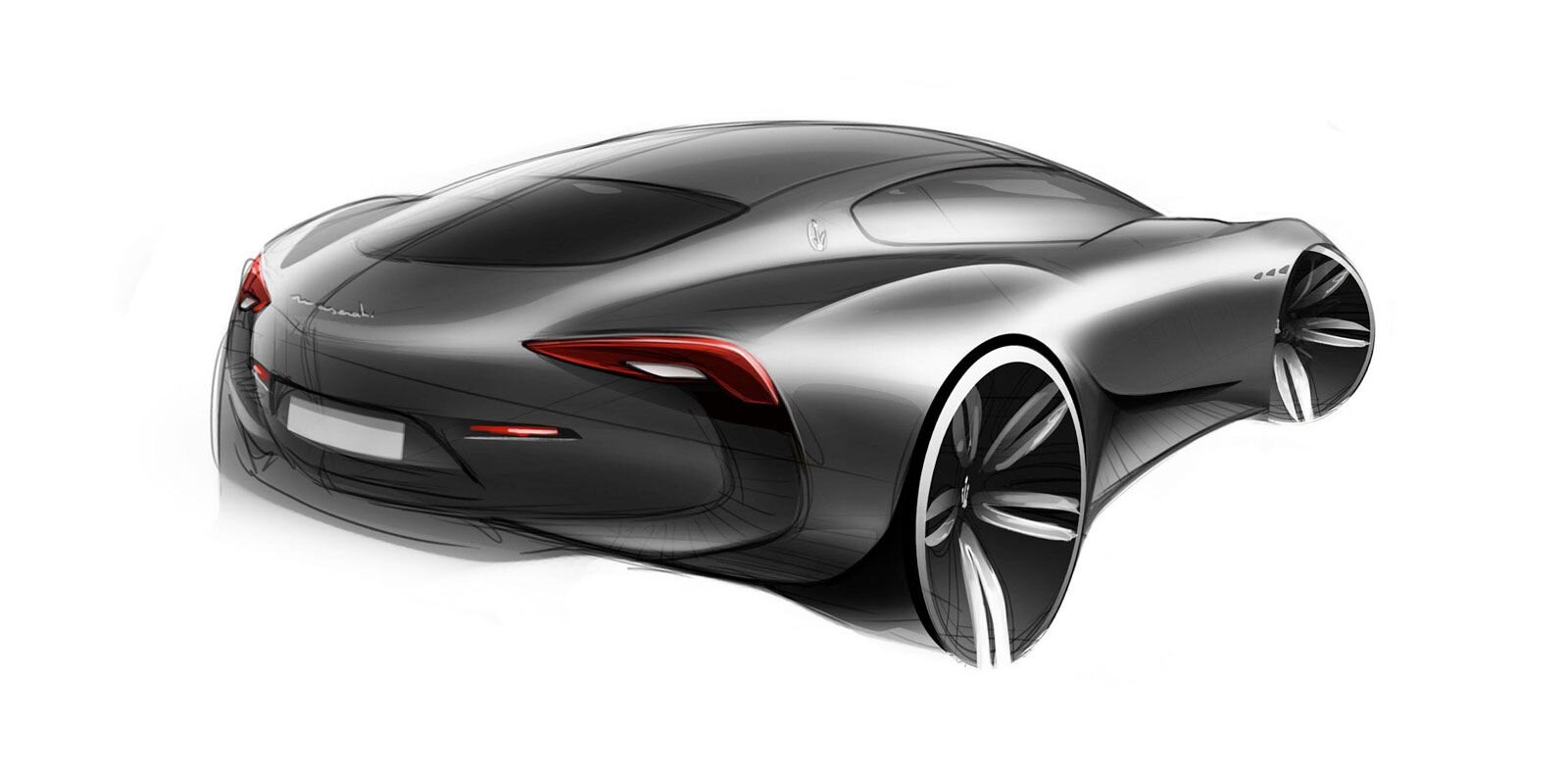

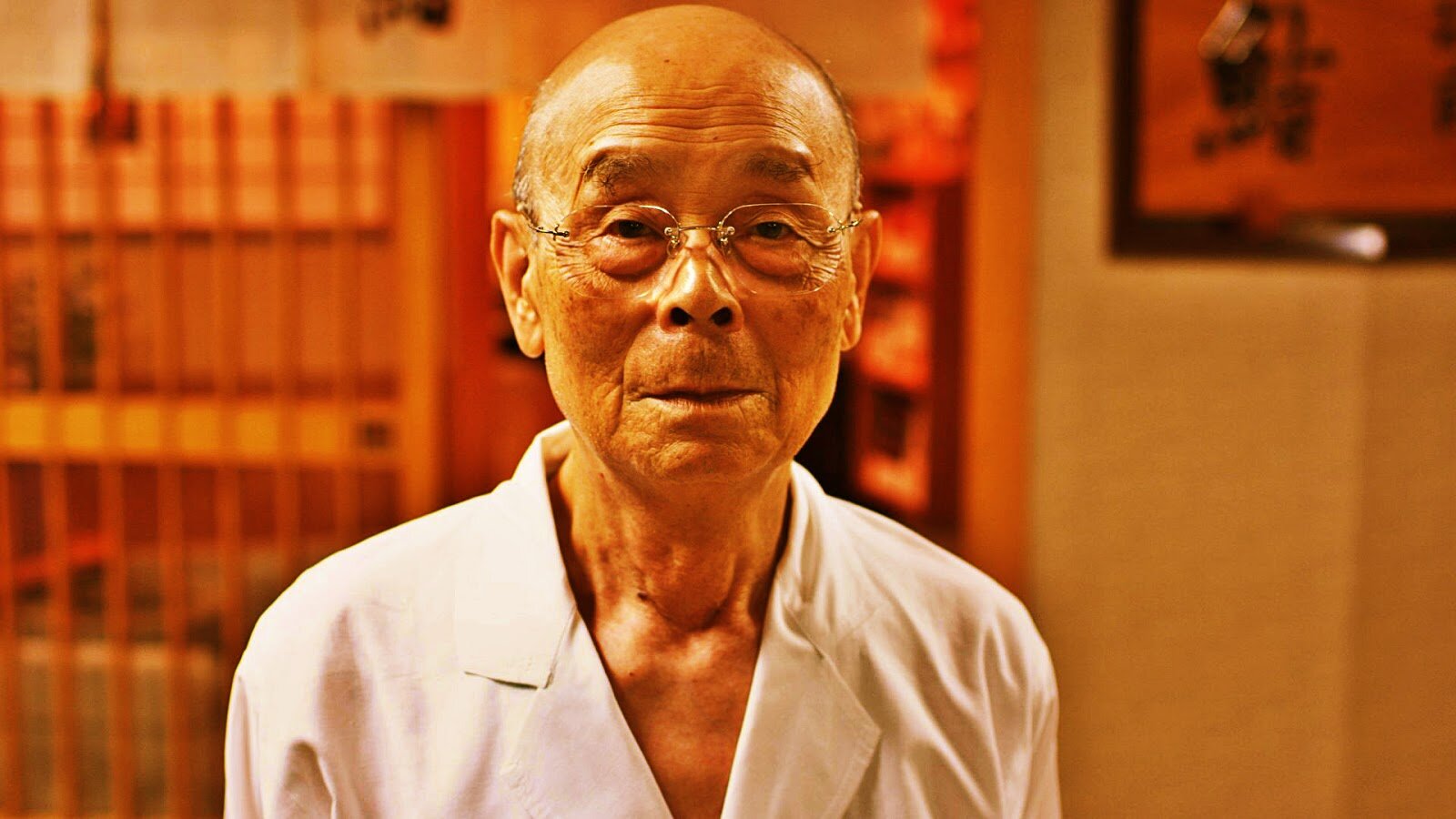
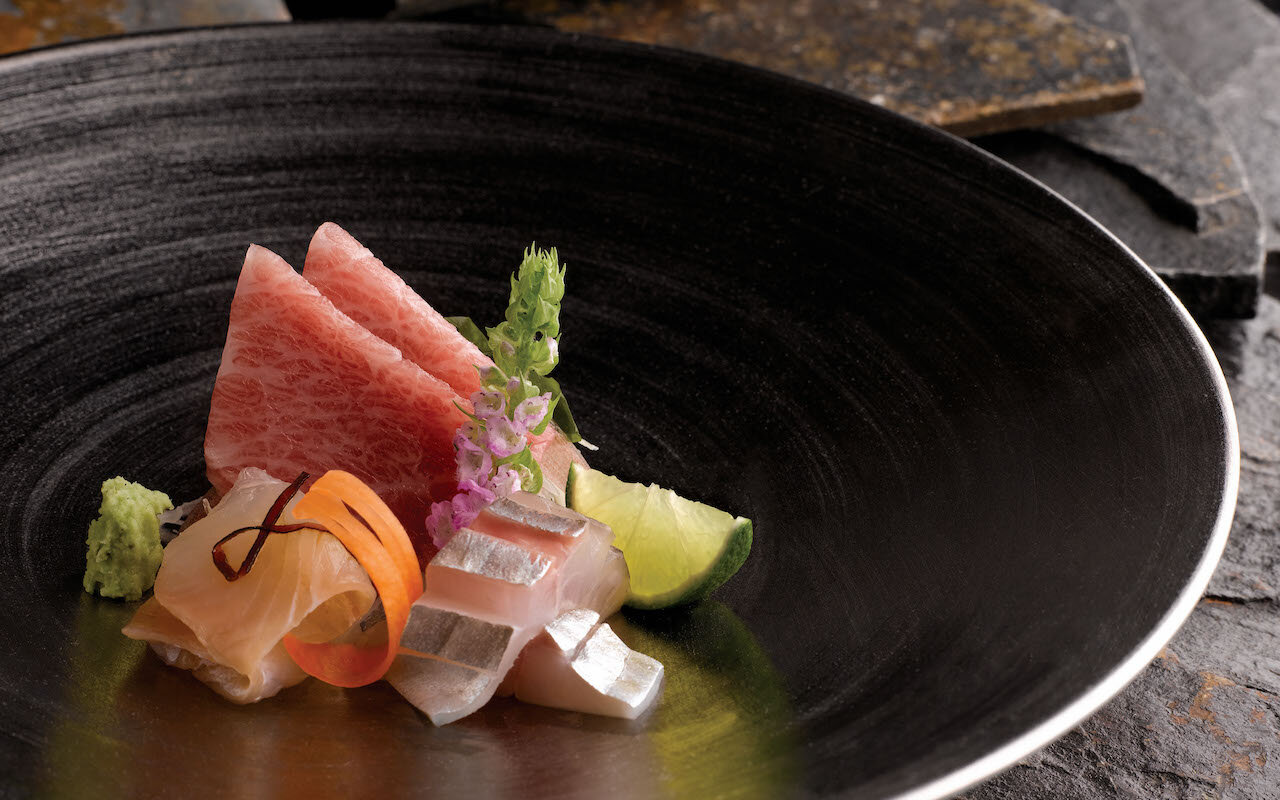
What are your favorite tools of the trade?
The old fashion pen and paper, Figma, Sketch, InVision, Zeplin, Slack and productivity and many of the collaboration tools offered by Google Workspace and Apple iWork. I recently started learning motion design using Principle to create enjoyable user interfaces by leveraging animations and micro-interactions. To run experiments, analyze user behavior, and keep and eye on product metrics, I like to use Mixpanel and Google Analytics.
How about hardware?
I use an iMac at the office, a MacBook Pro while at home, and occasionally an iPad while traveling. I also wear an Apple Watch, and I can’t live without my iPhone. Yeap, I’m officially an Apple fanboy!
What would be your dream office setup at work?
Well, I guess it would be nice to have an office with a great view... but other than that, I’m quite low maintenance. I'm cool just having an office space with windows, a height-adjustable standing desk, and plenty of water to drink regularly.
If money were not an issue, what would you be doing right now?
Buying a ticket to fly into space as a tourist (round trip please!).
What words of advice would you give your younger self?
Life is really simple, but sometimes we humans insist on making it complicated. In a nutshell, people are complicated... very complicated! Whatever you do in life, surround yourself with smart and cordial people who will help you make the most of your talents, your opportunities, and your life.
Any advice for designers starting out in their careers?
Work your ass off. There’s no secret to it. Build up your skill set and never stop learning (I can’t stress this enough!).
Ask why—a lot. Take time first to understand the business goals and the needs of users, and strike a balance between both. Get a clear understanding of the business strategy. Find out the customers pain points, goals and motivations. It’ll all come out by simply asking: “Why?”
In design, details really matter, but only after you make the big decisions.
If you work for a company as a designer, love it! You are one of the lucky ones. But if you are not happy at work, something needs to change. Don’t waste your time doing something you don’t love or working with people you don’t like to be around with.
Park the ego. Have a great attitude and always be humble. Collaboration is essential in any design process as it allows a team of people with different skills, perspectives, and experiences work together to solve challenges.
Don't compromise sleep to do more work because that totally sets you up to fail. More time is wasted being tired than is spent producing work when you are chronically underslept. You will probably have to do it sometimes, but don’t make it a way of life. Your mental health, family/social life, and the quality of your work will all suffer.
What's the most creative thing you've ever done?
Life, just like a design problem, is full of constraints and complexity but also opportunities—time, money, age, location, relationships, and many other factors and circumstances. Since I was living in Cuba, I have been designing the life I've always dreamed of in order to build a meaningful future for my family and myself. Currently executing and implementing this never-ending project we call life with optimism.
What are you most proud of as a designer?
There's no better reward than seeing my work making an impact on people around the world. My contributions in different projects have been instrumental in fulfilling the business objectives of companies like Gusto, Intuit and PeopleFinders, shaping the user experience of their products and services, creating value for their users and customers, and helping product teams to deliver positive outcomes (i.e. increased conversion rates and revenue growth, improved customer retention, customer satisfaction and loyalty).
My experience during all the years working in the design industry helped me stay focused on the human aspect of my work, and defined my own mission as a product designer: to deliver meaningful and lasting results for the companies and clients that I've been fortunate to work with by improving the experience of their users and customers.
Do you have a great quote about design that you'd like to share?
“Don't reinvent the wheel, unless you absolutely have to.”
—Anonymous
In other words, avoid unnecessary effort creating a new version of something that already exists and works well. Innovation is not always about creating something entirely new or doing things differently. An innovation can be the result of using a creative process to turn an idea into an outcome that creates value for people, improve efficiency, effectiveness, or address unmet needs.
And last but not least…
Feel free to take a look at the case studies and projects I have included in my portfolio. The body of work showcased in this selection reflects problems that I enjoyed solving, and it should give you a good insight into my design thinking, problem-solving process and visual design sensitivity.
To get in touch with me and discuss potential job opportunities, consulting services, business ideas and more, please fill out this online form and send me your message.
















